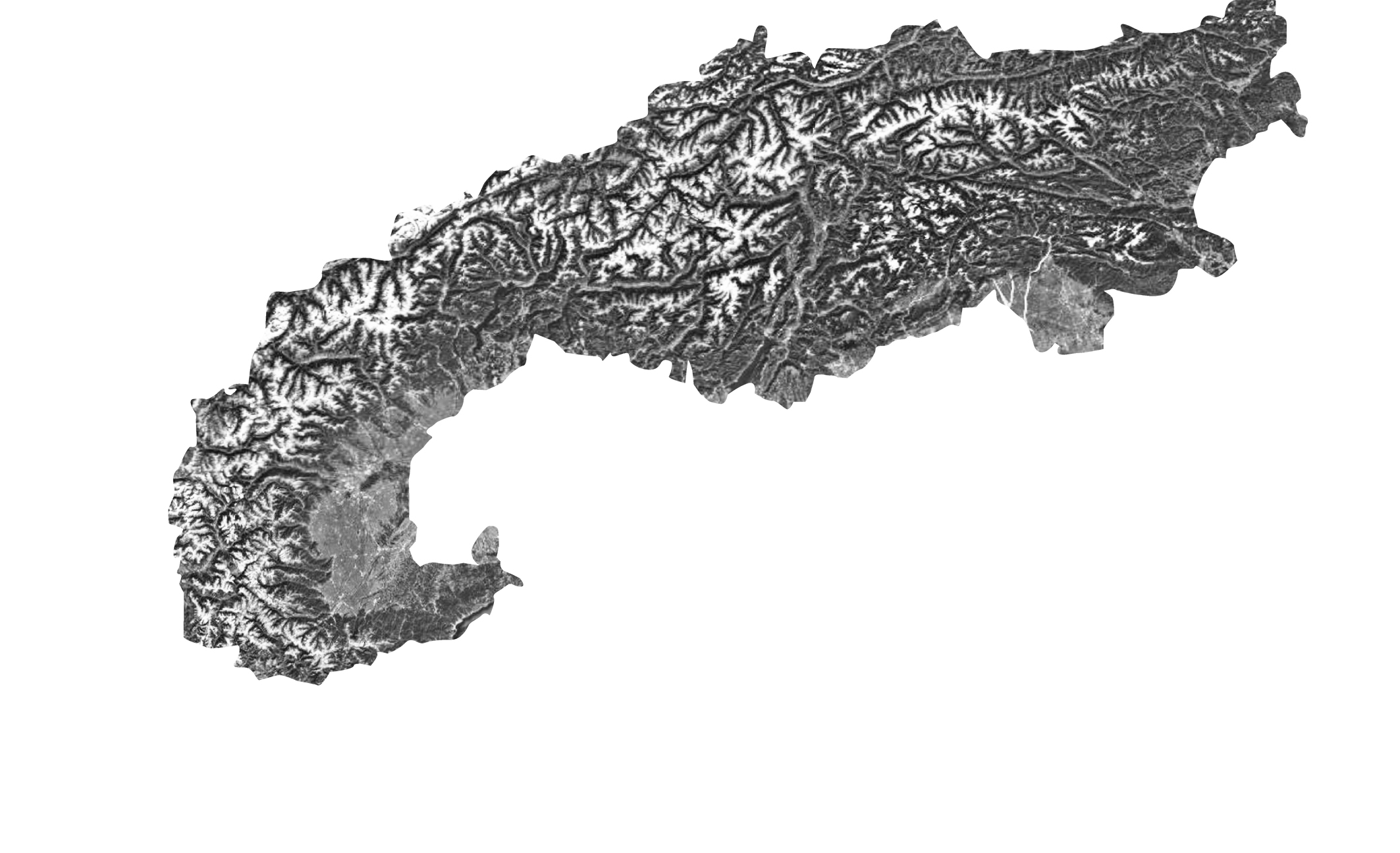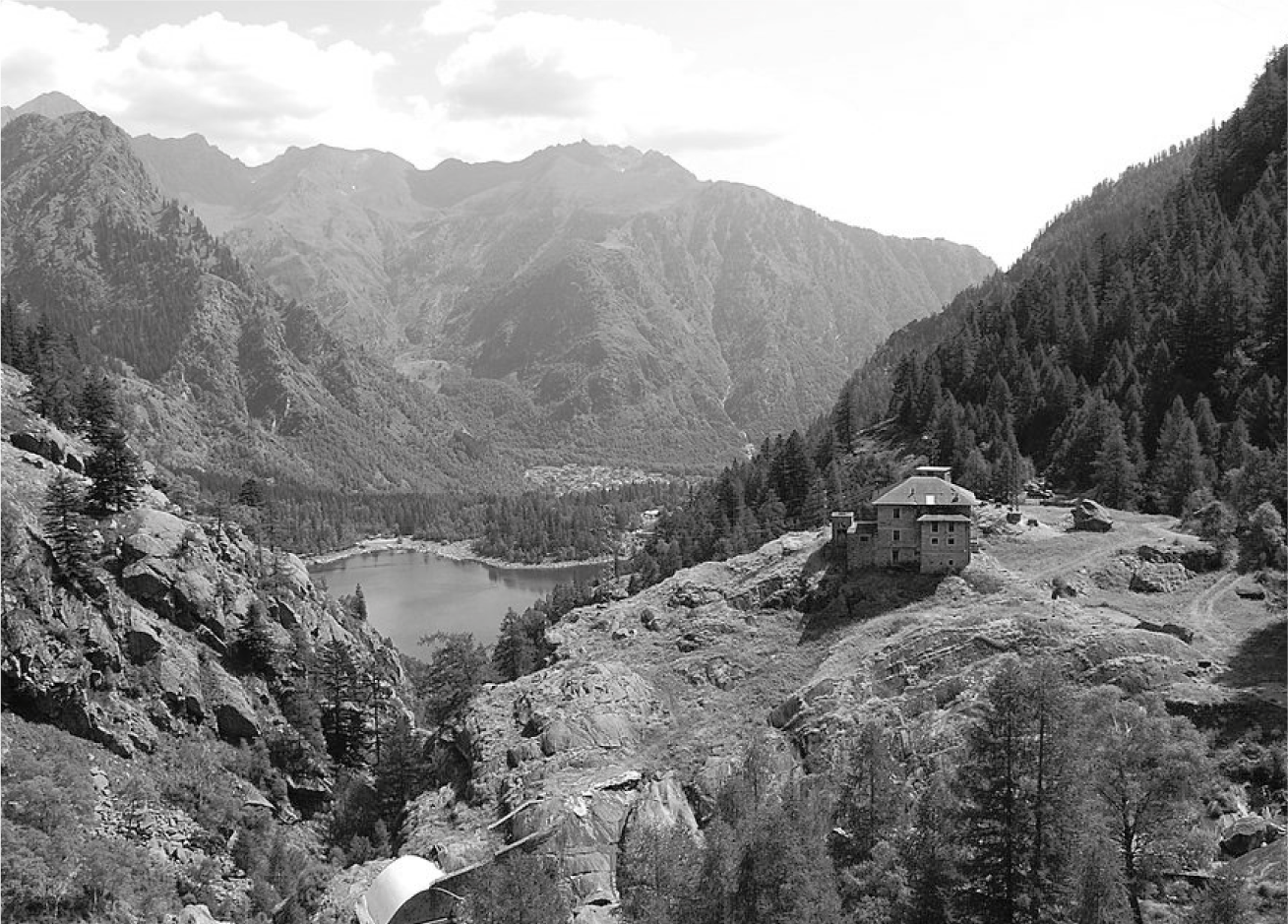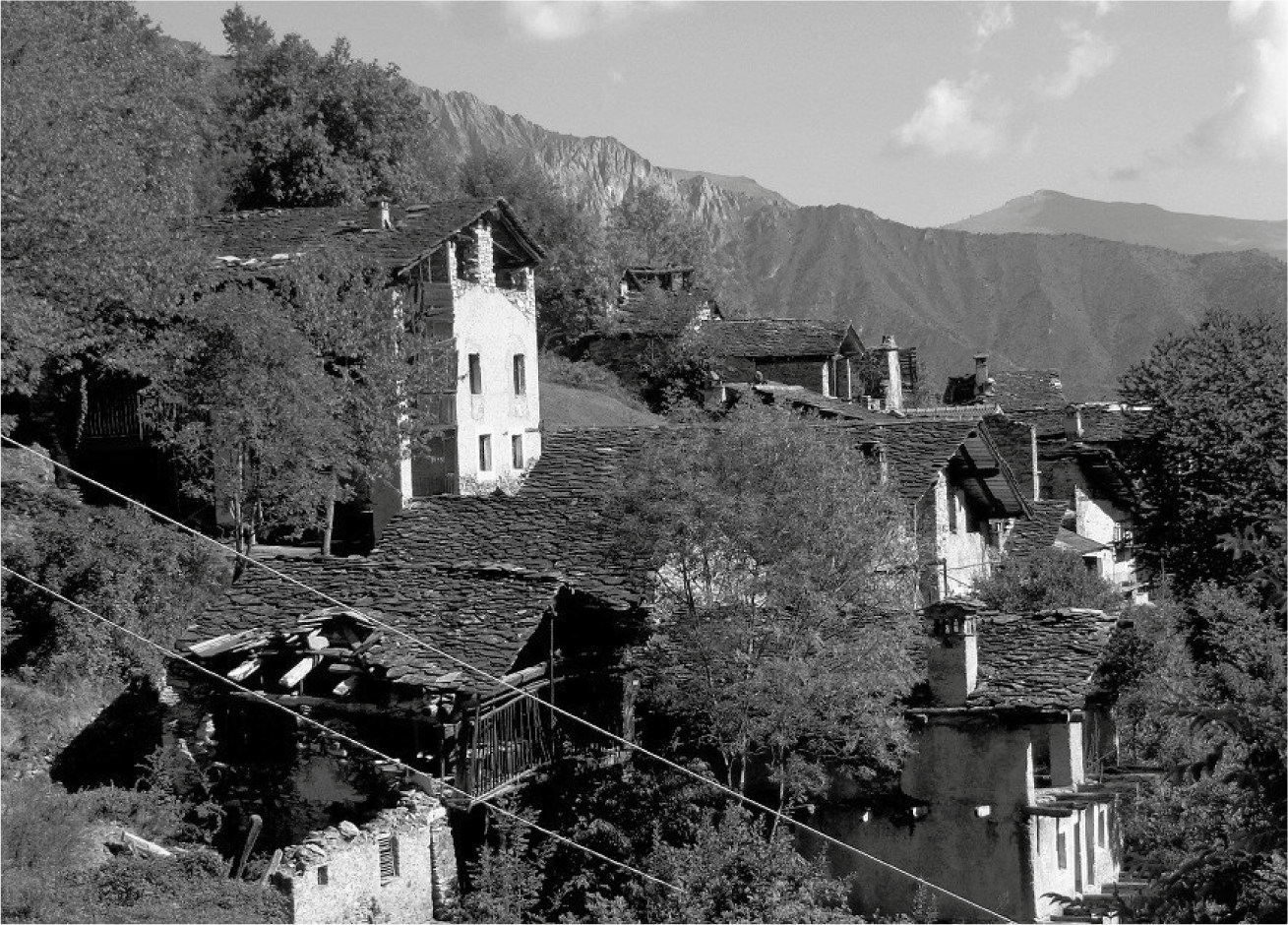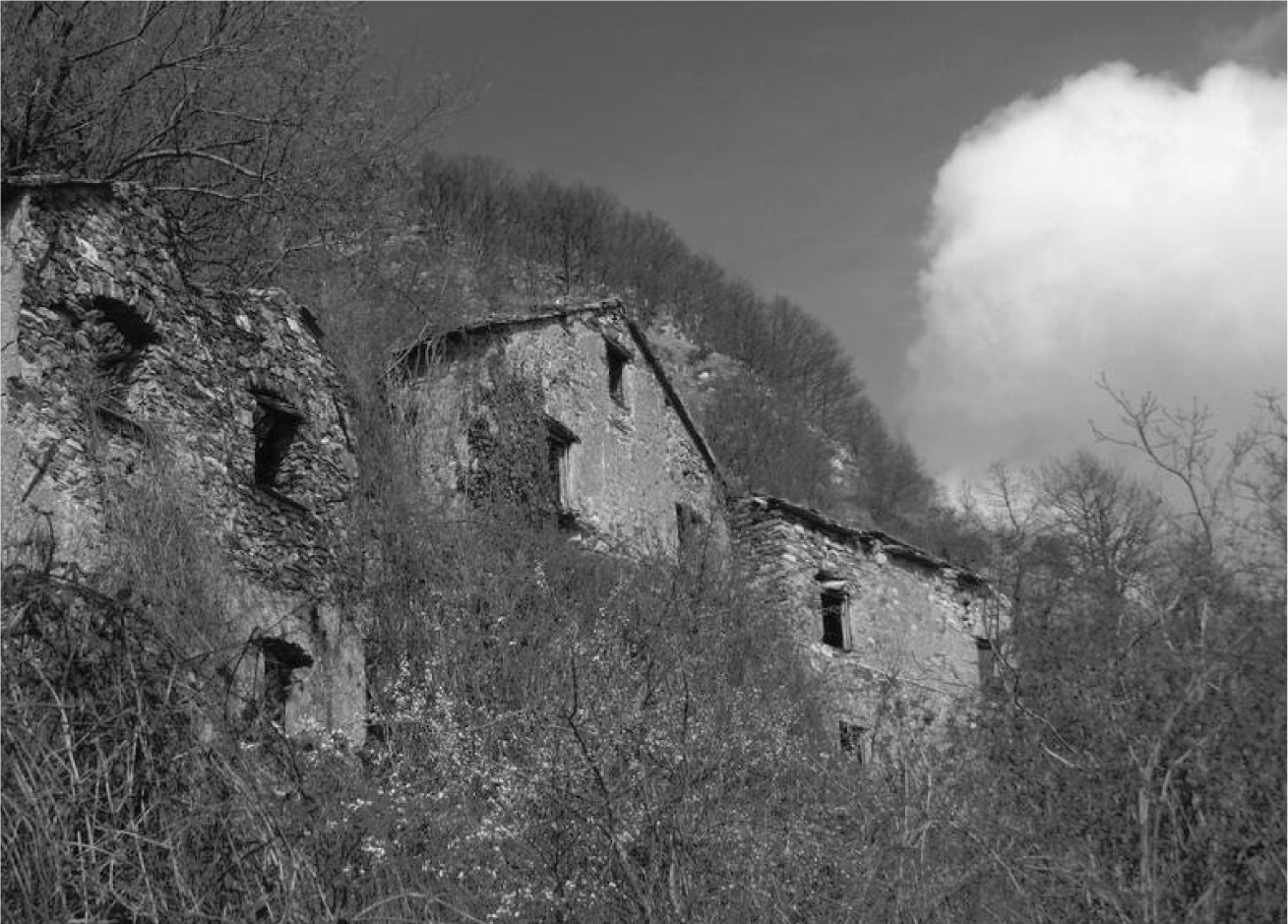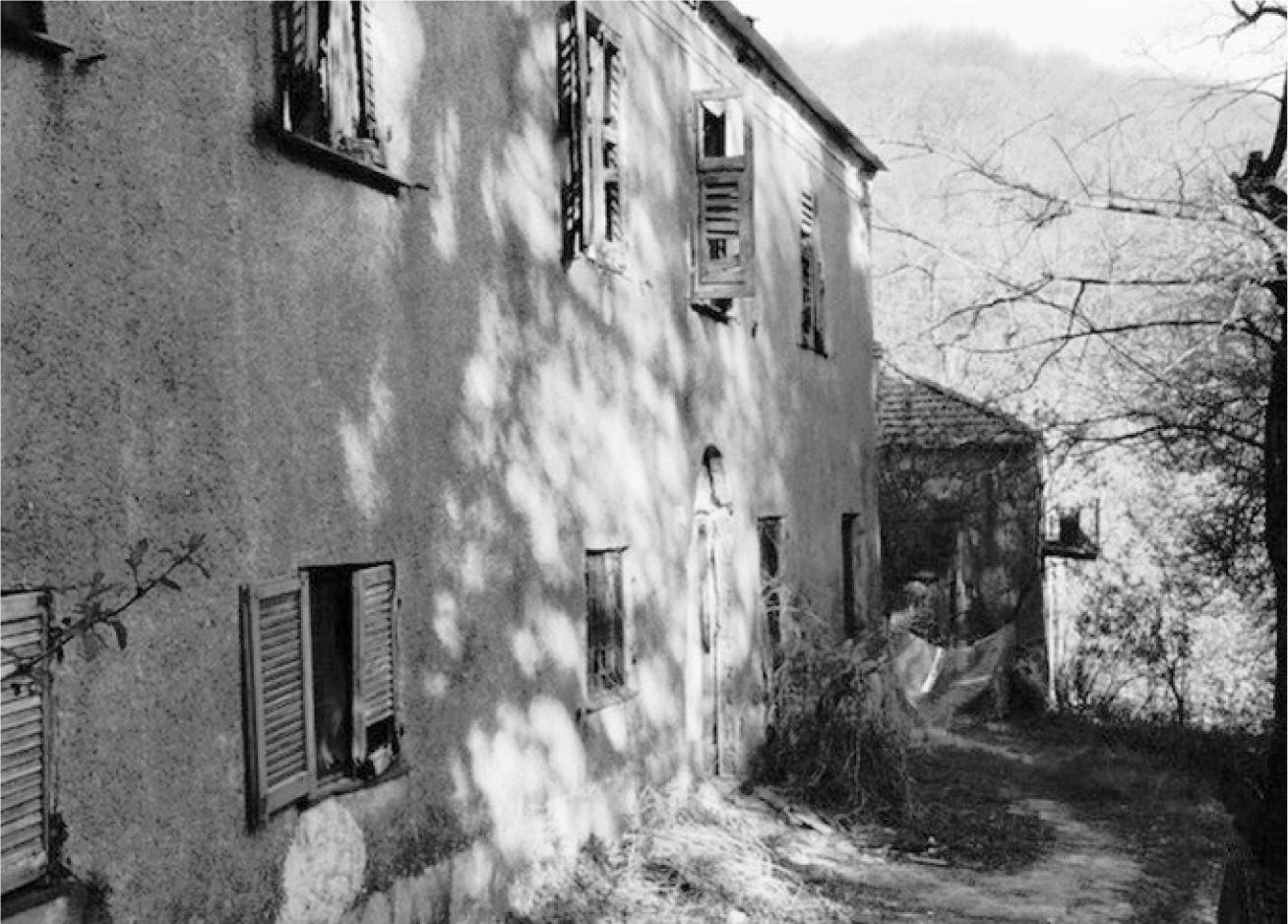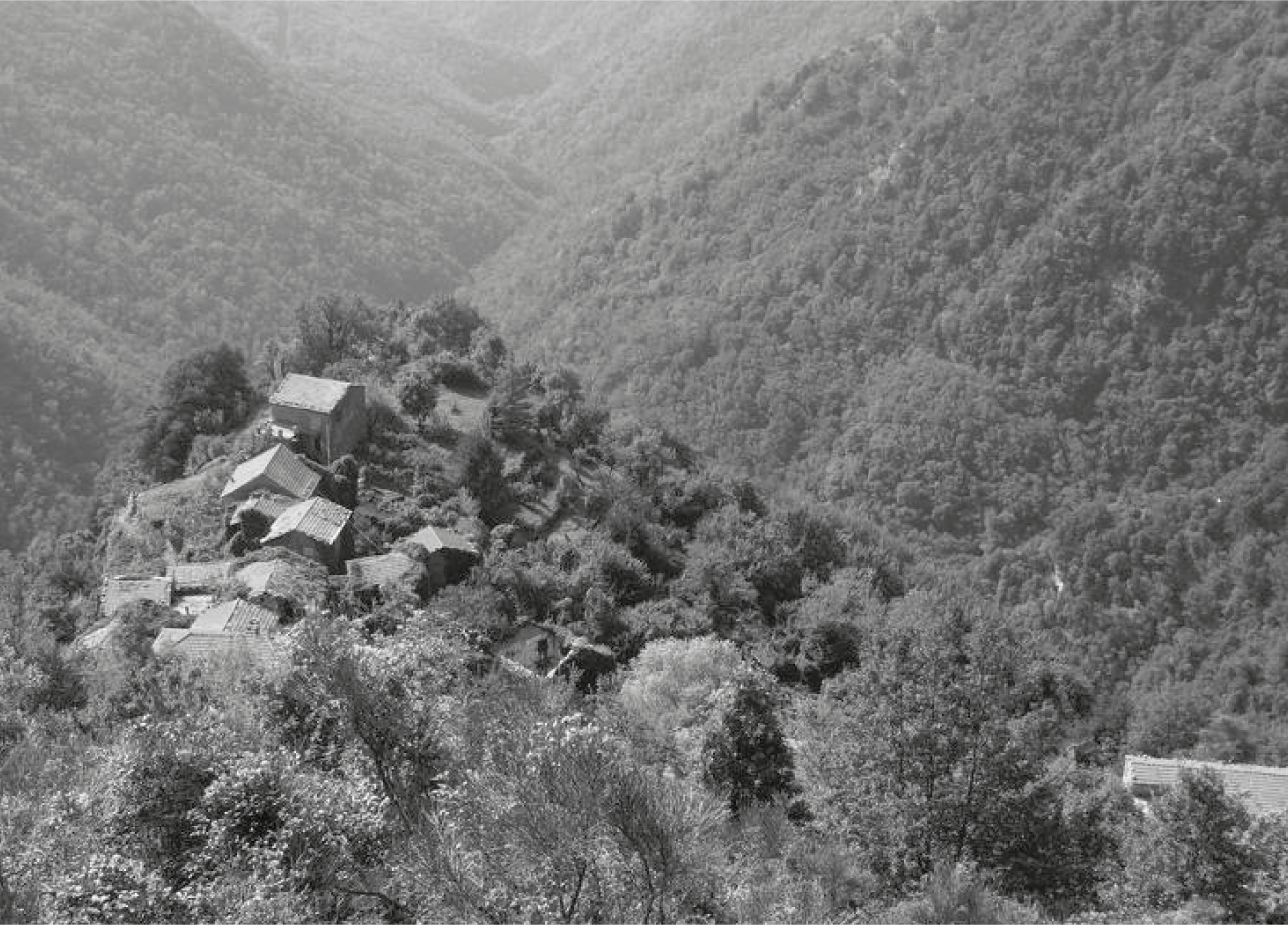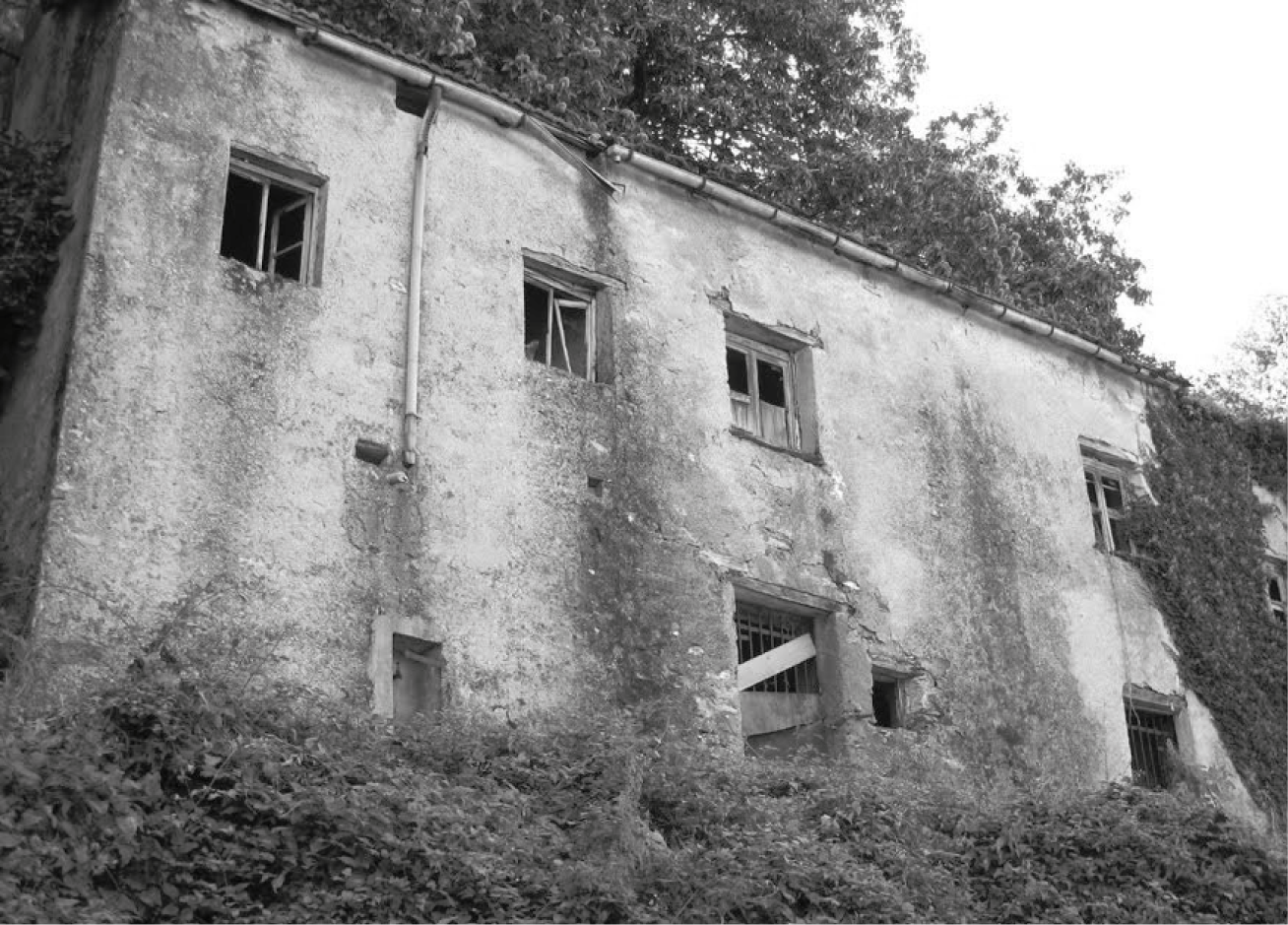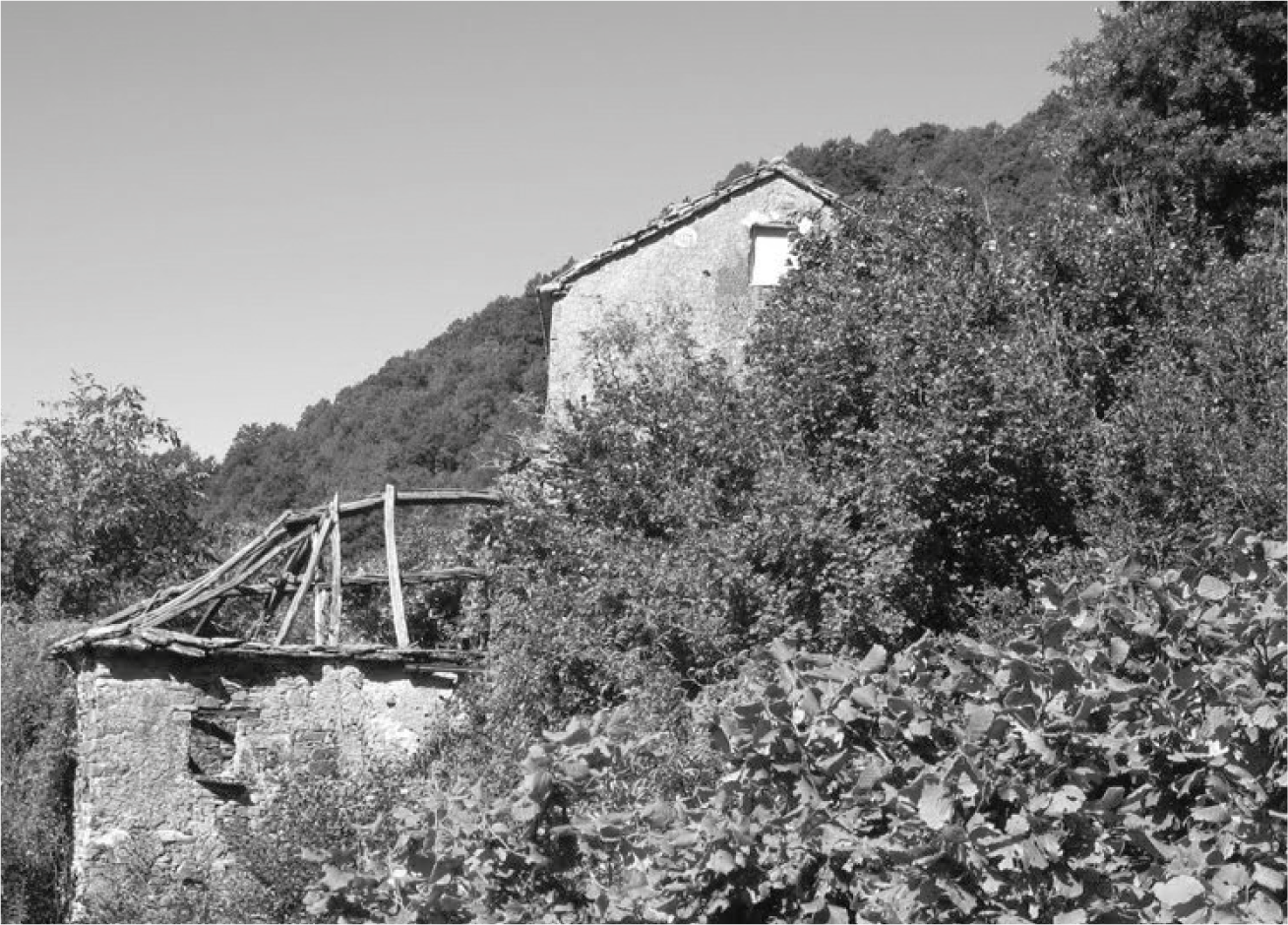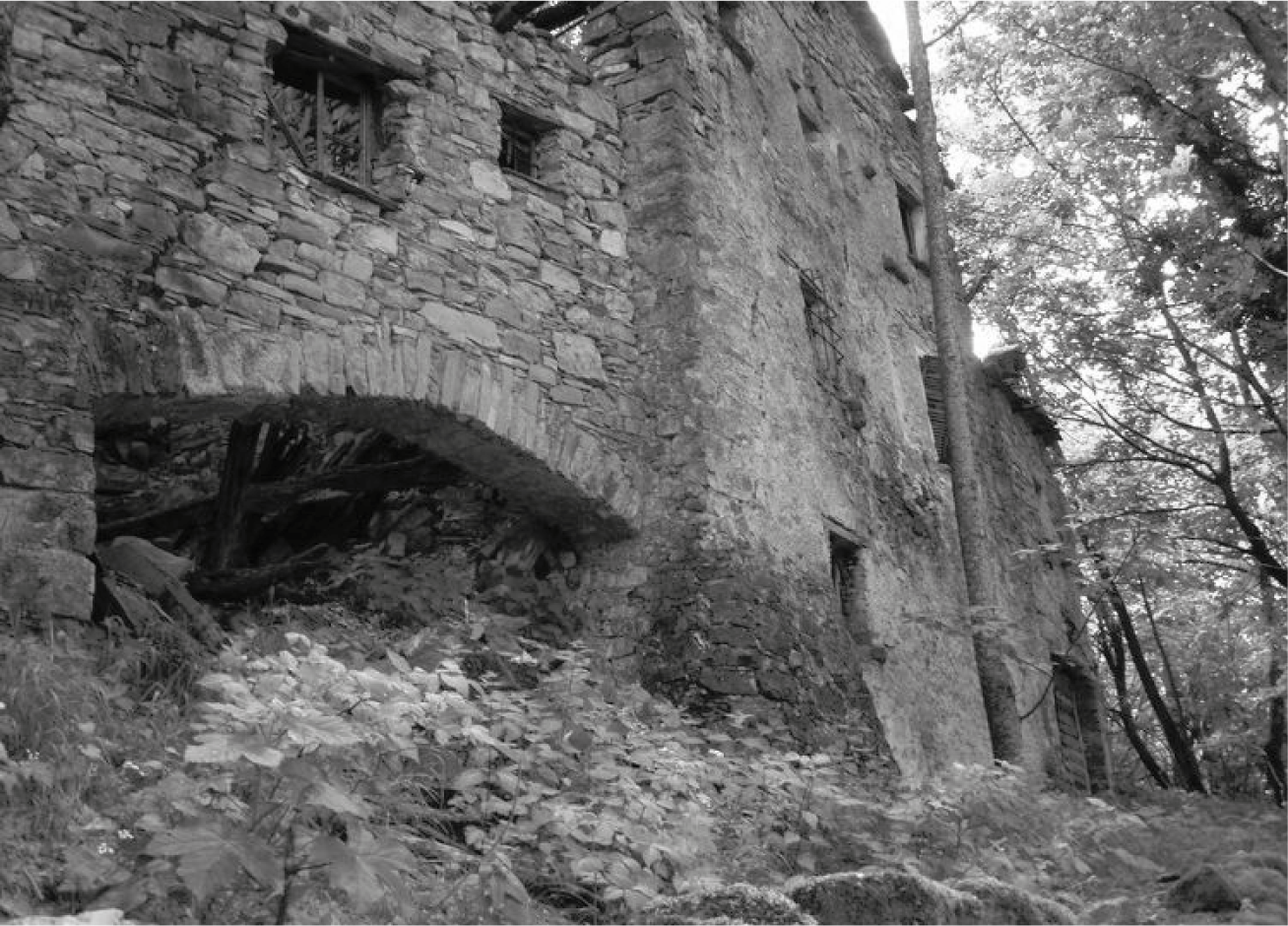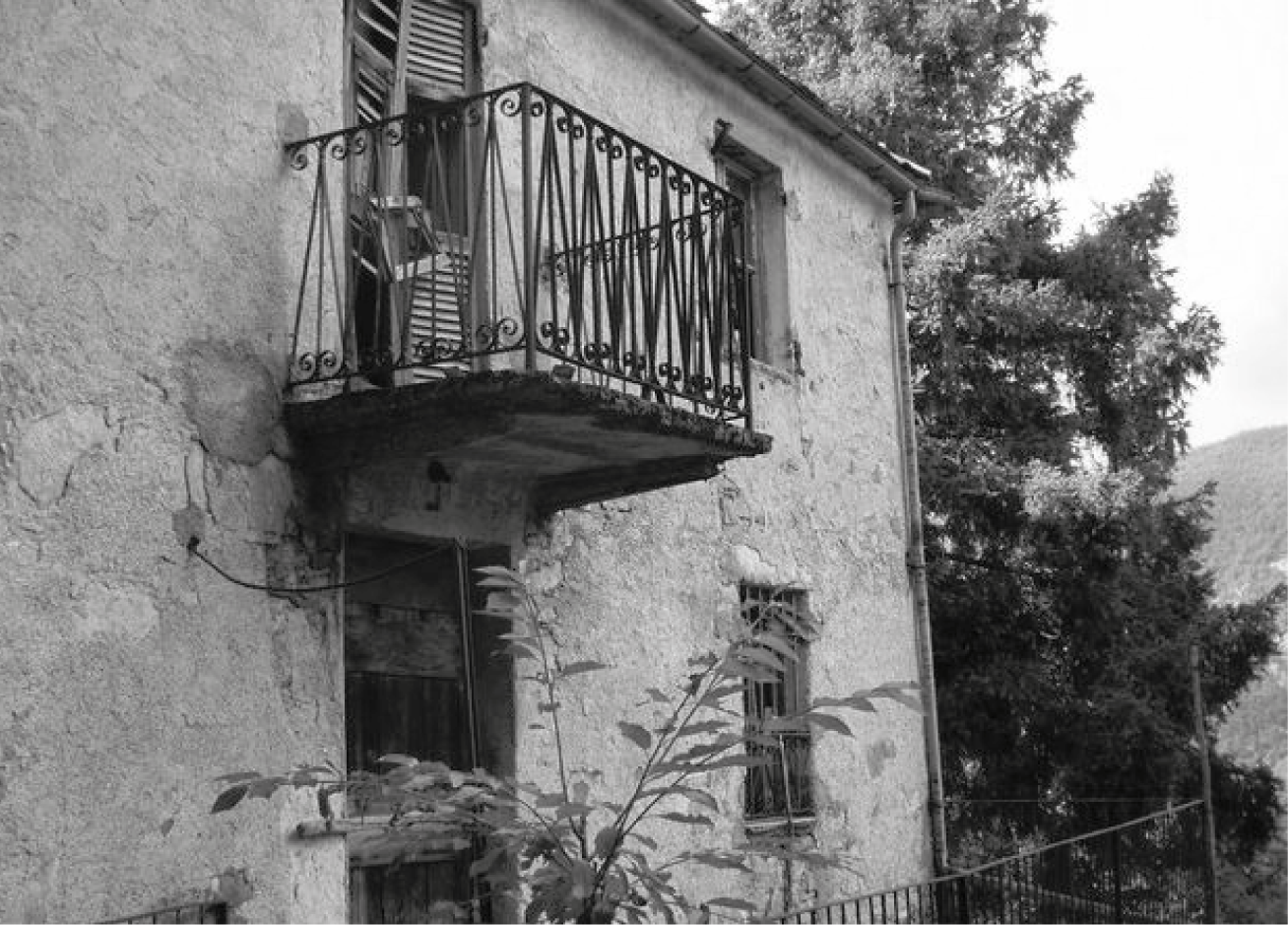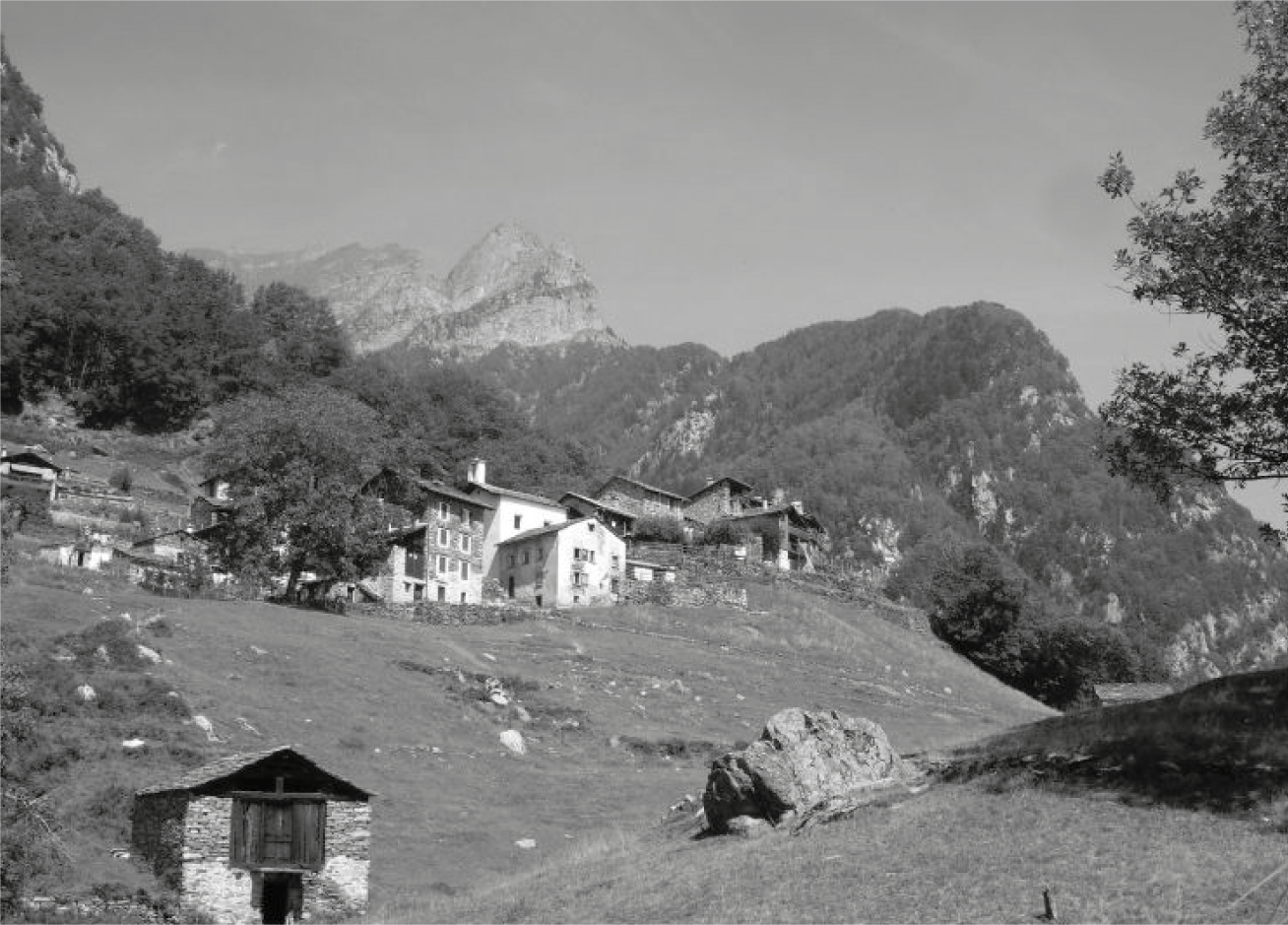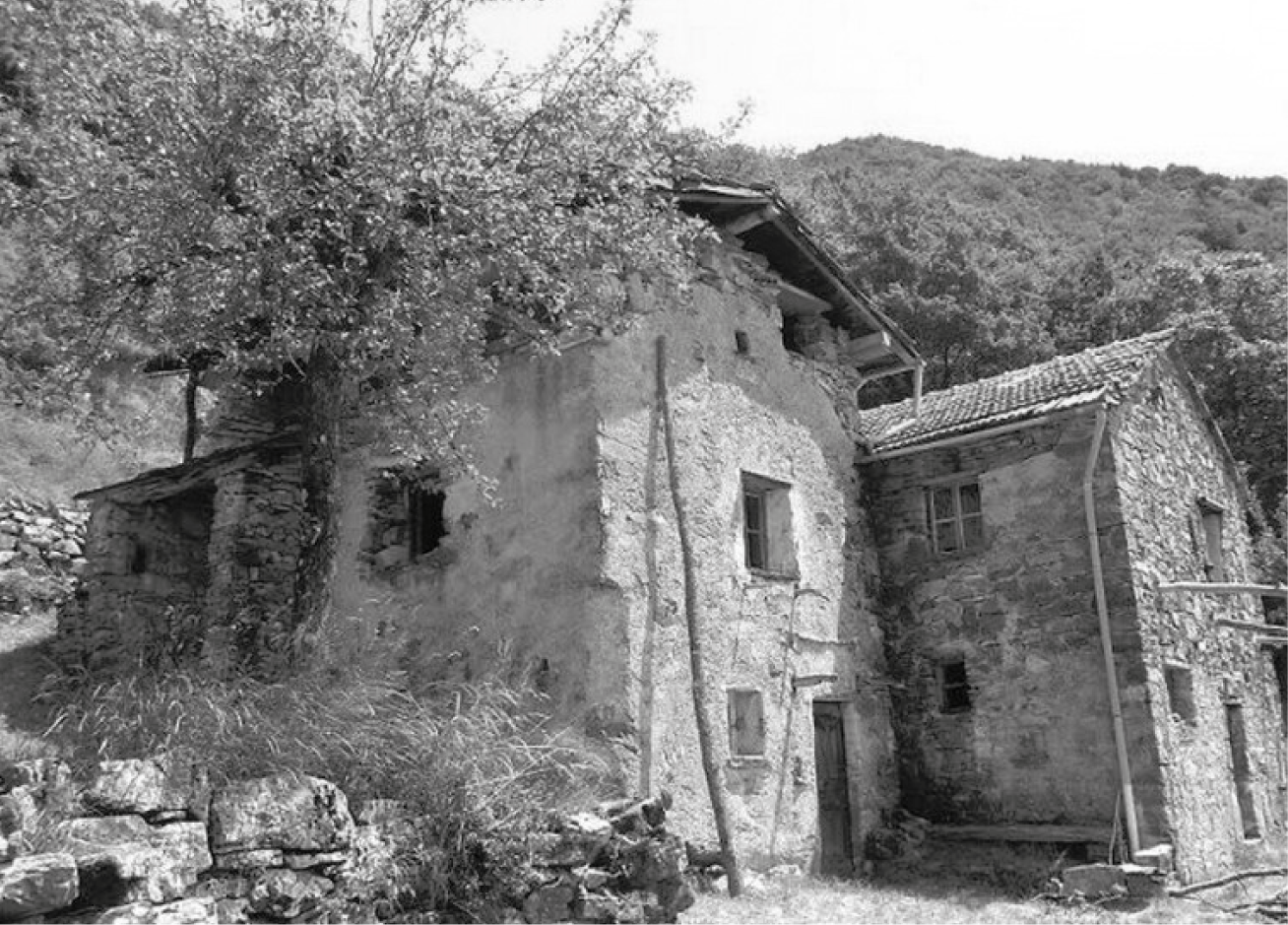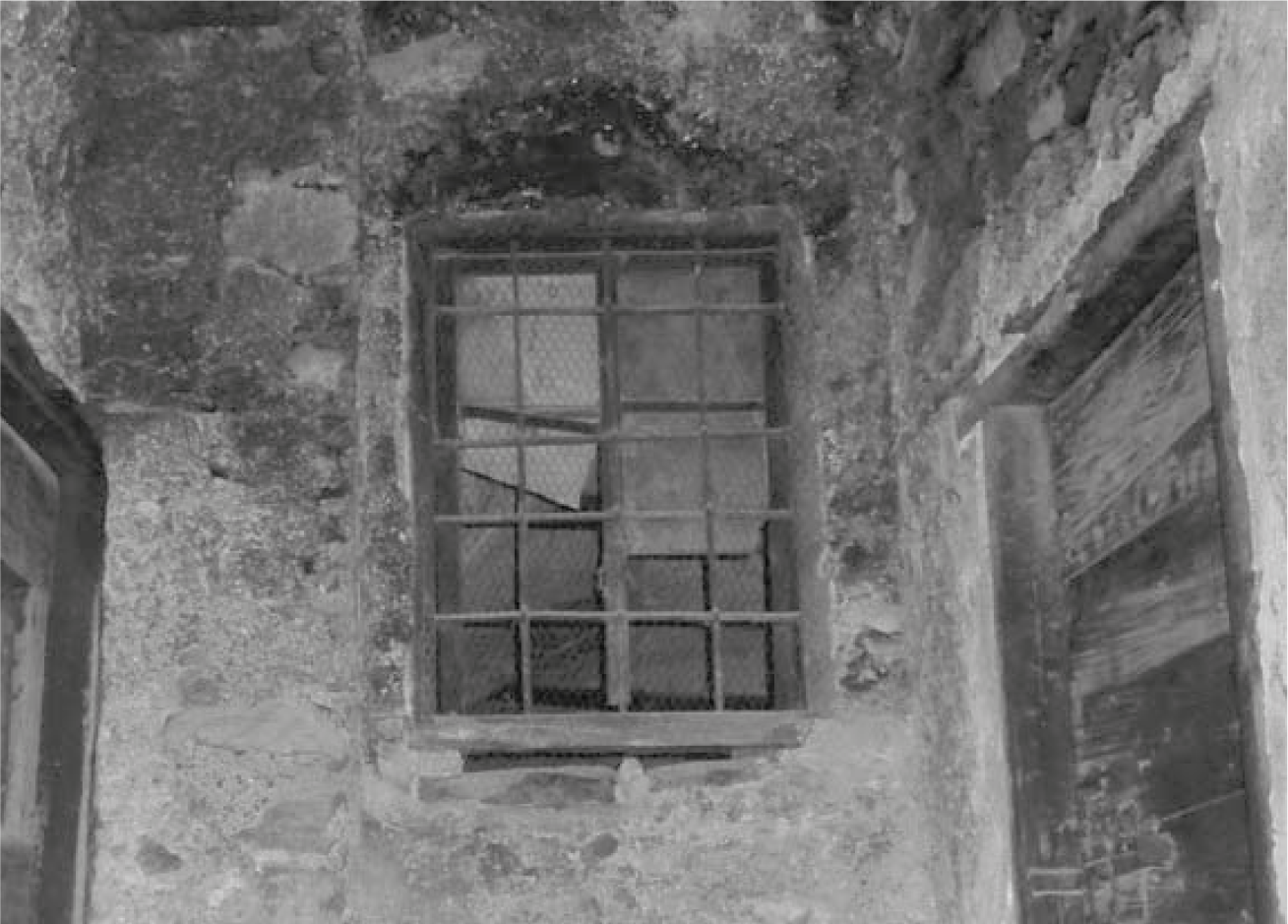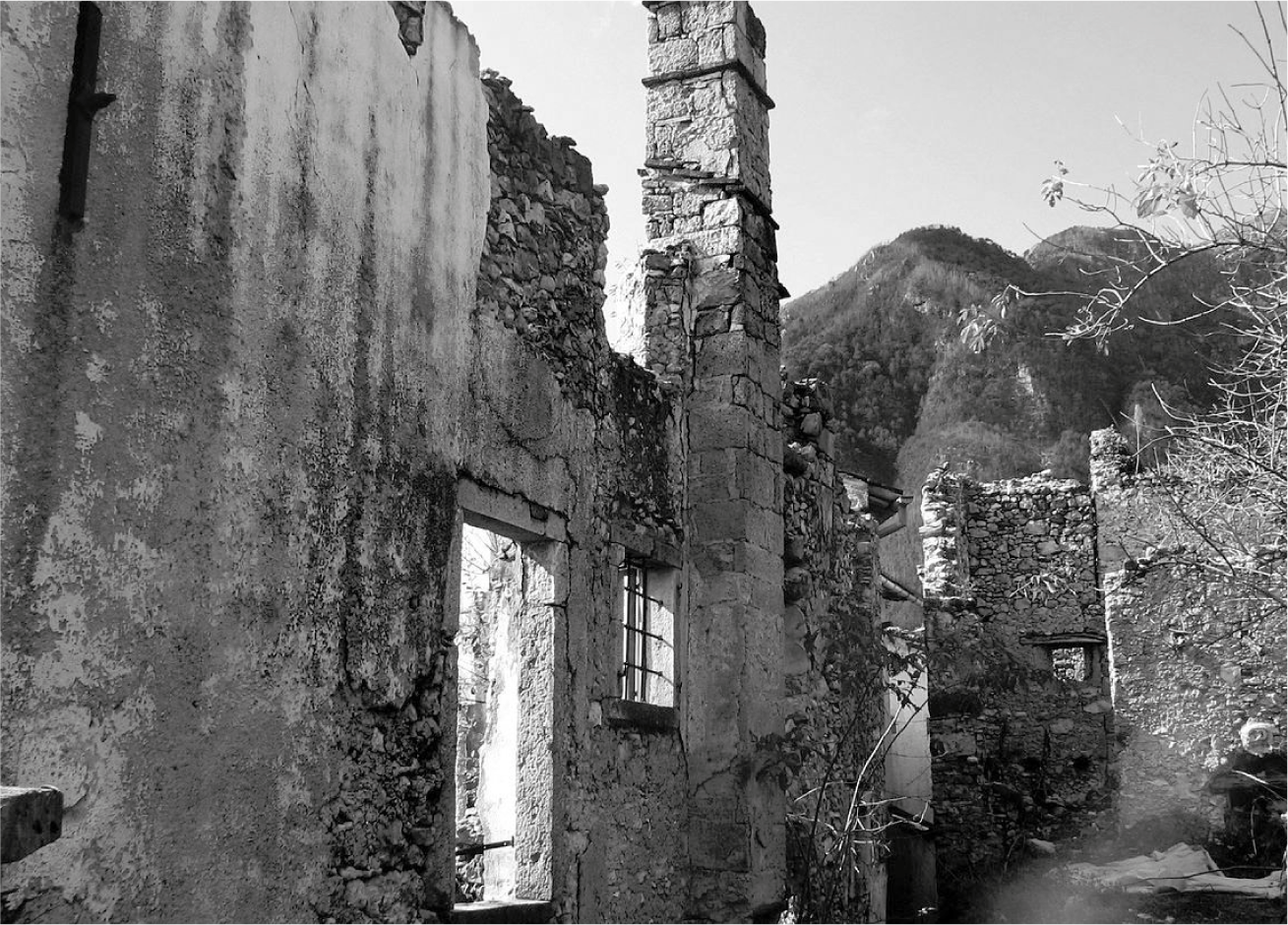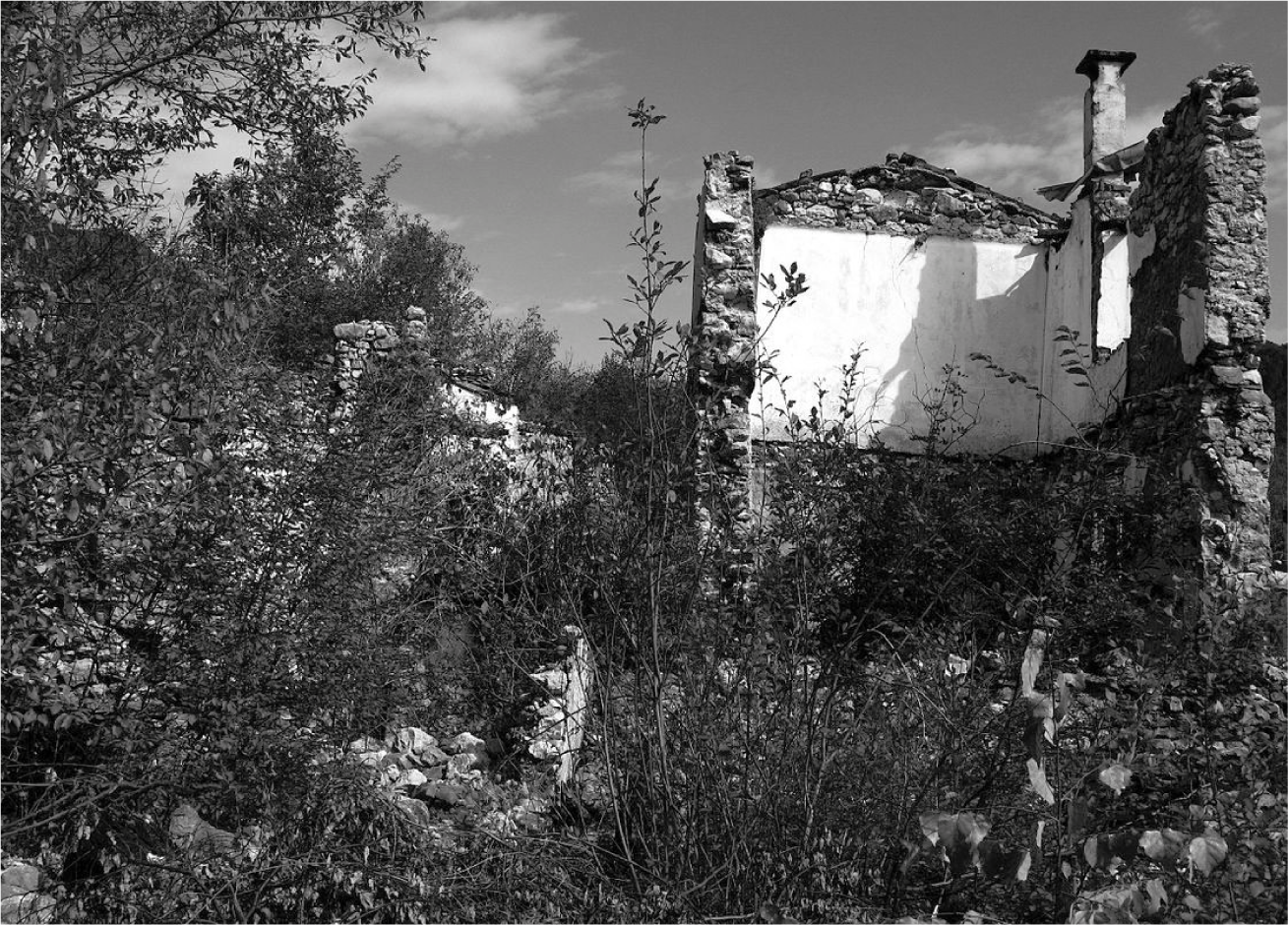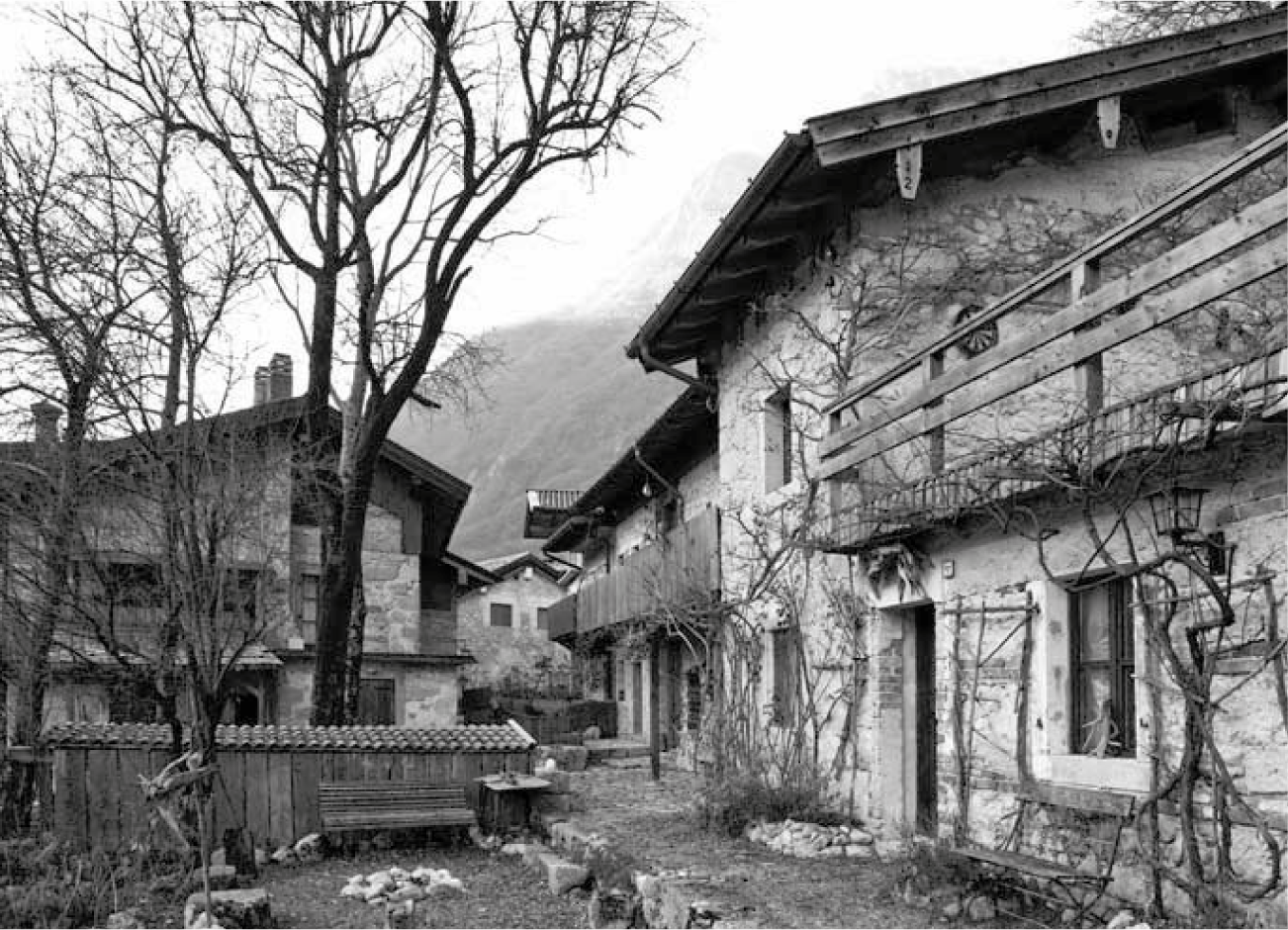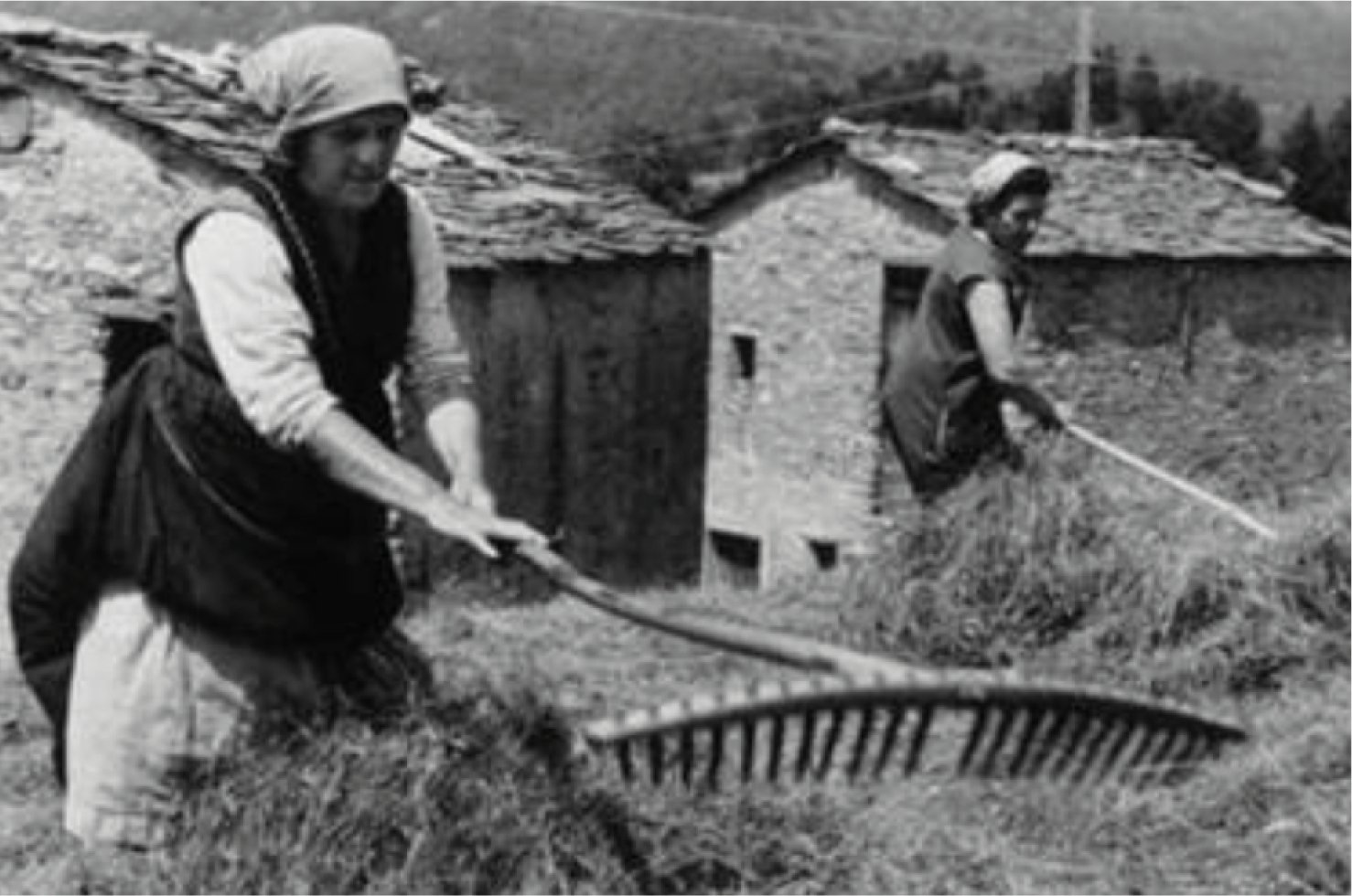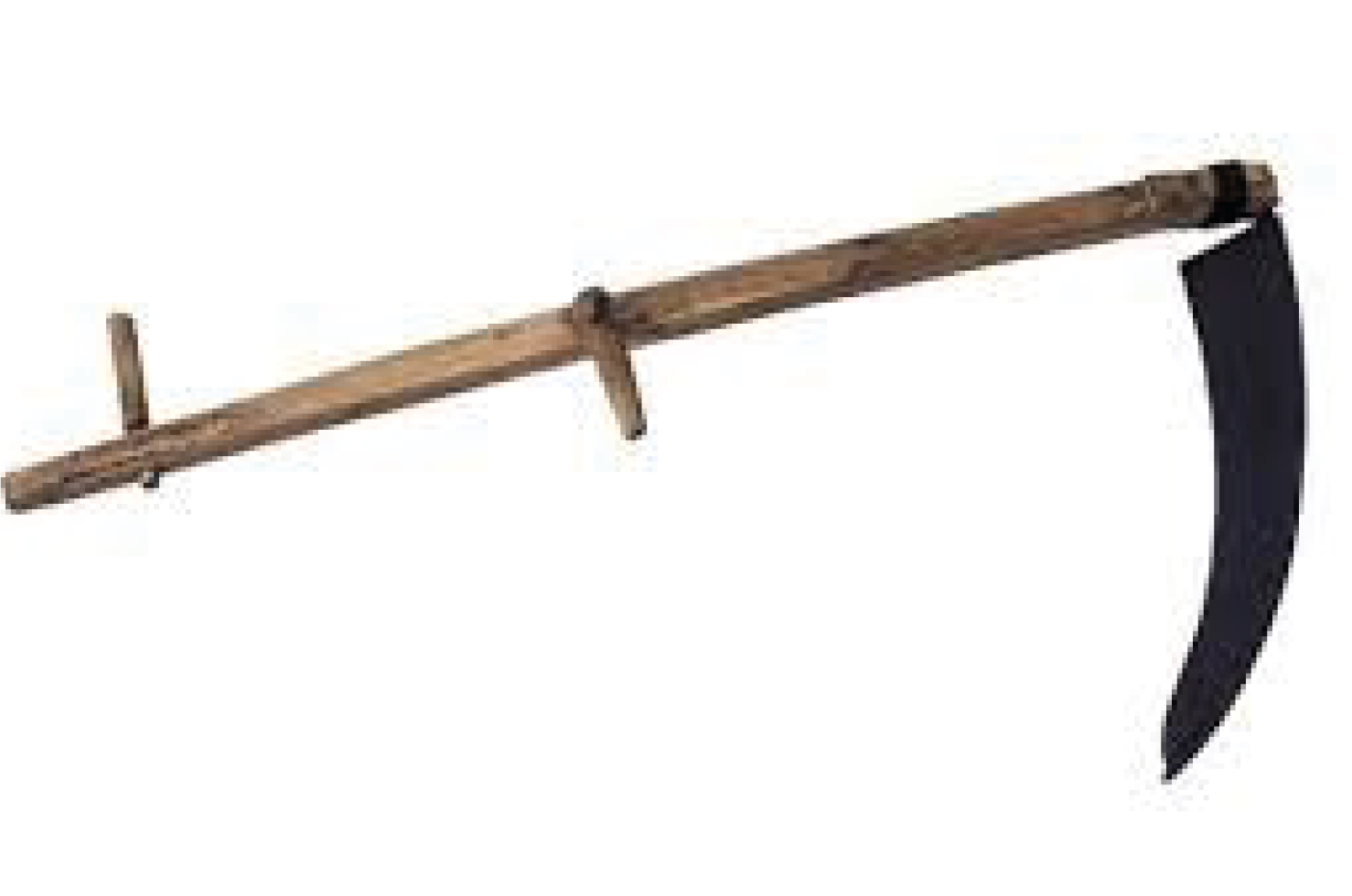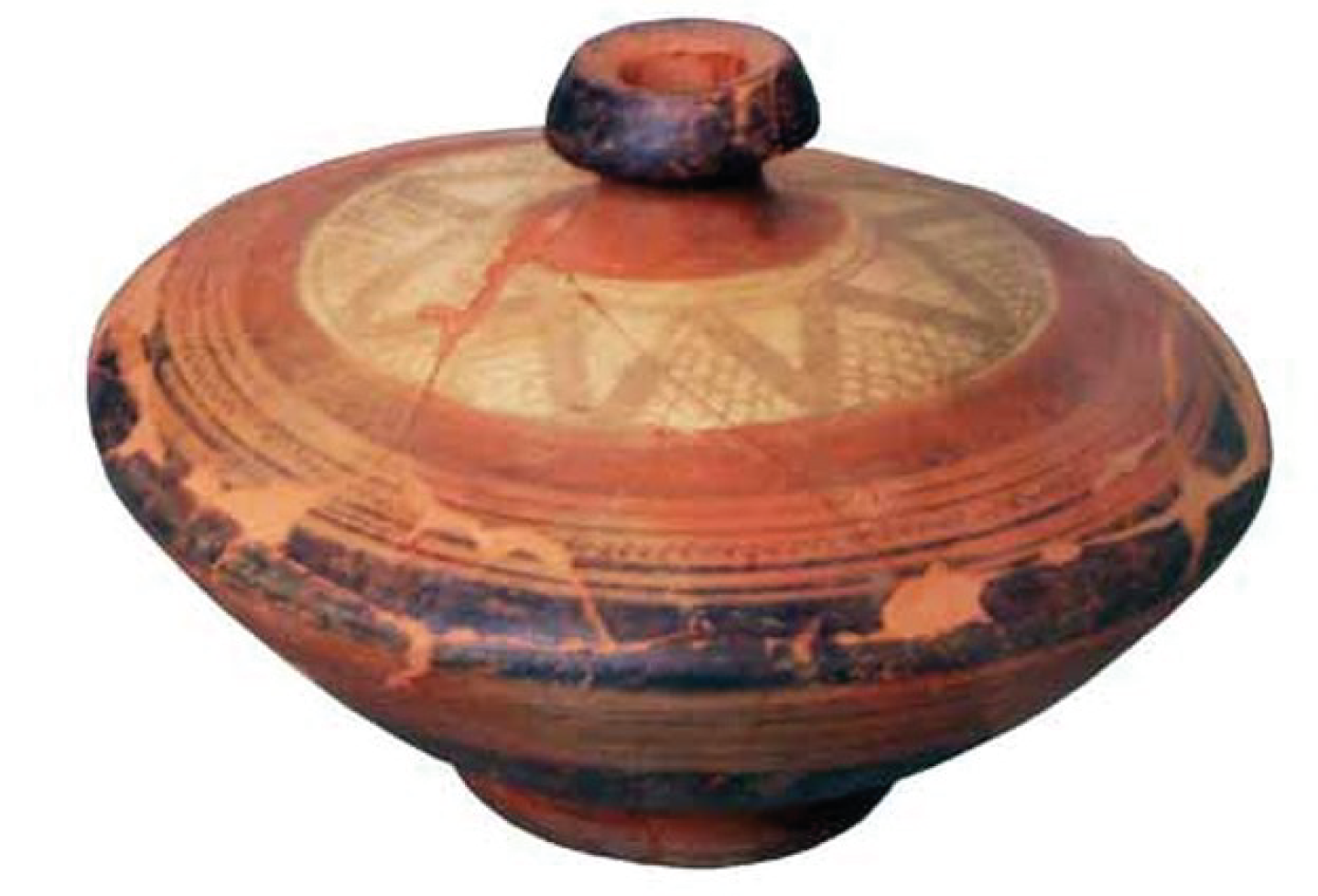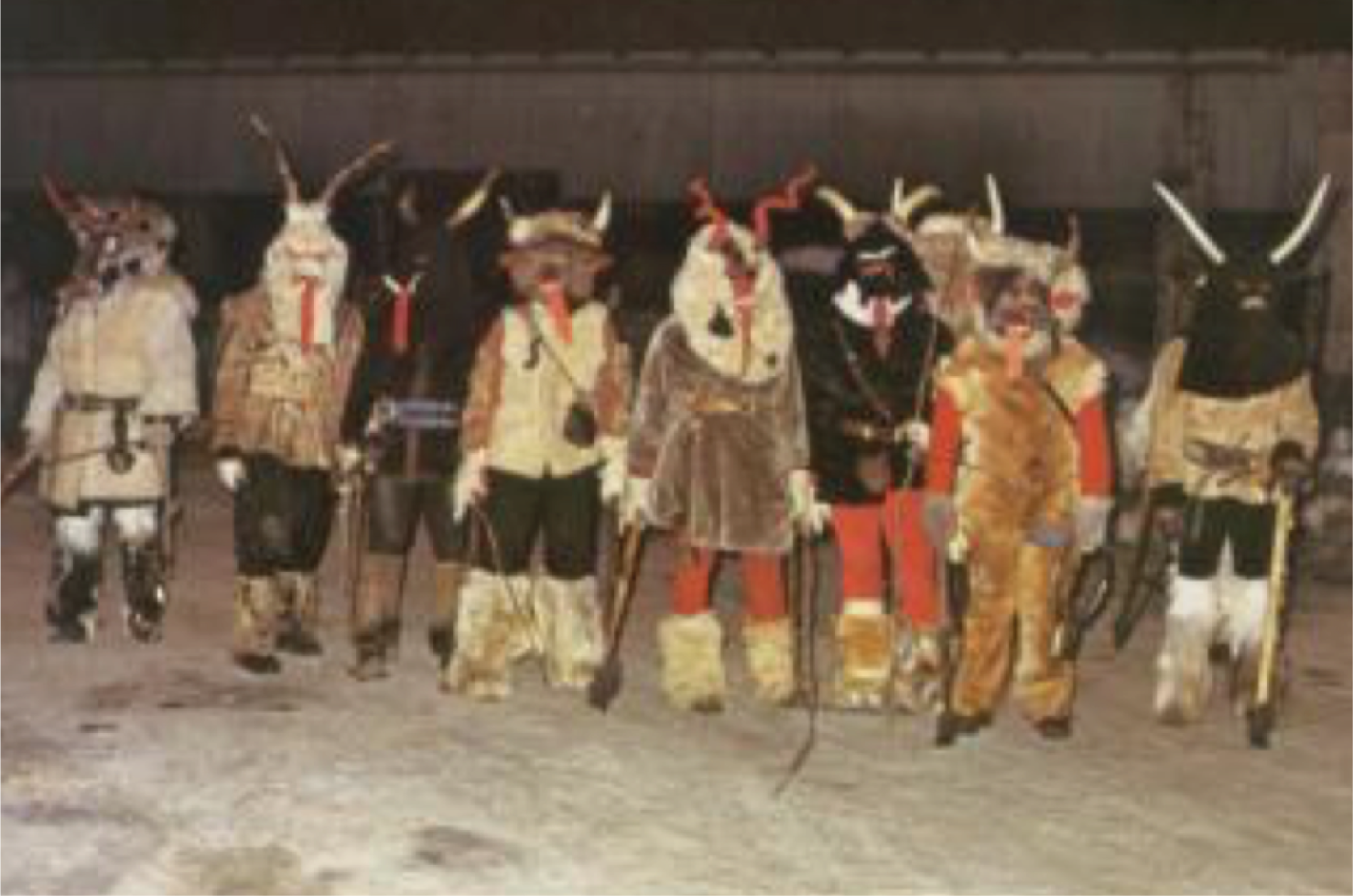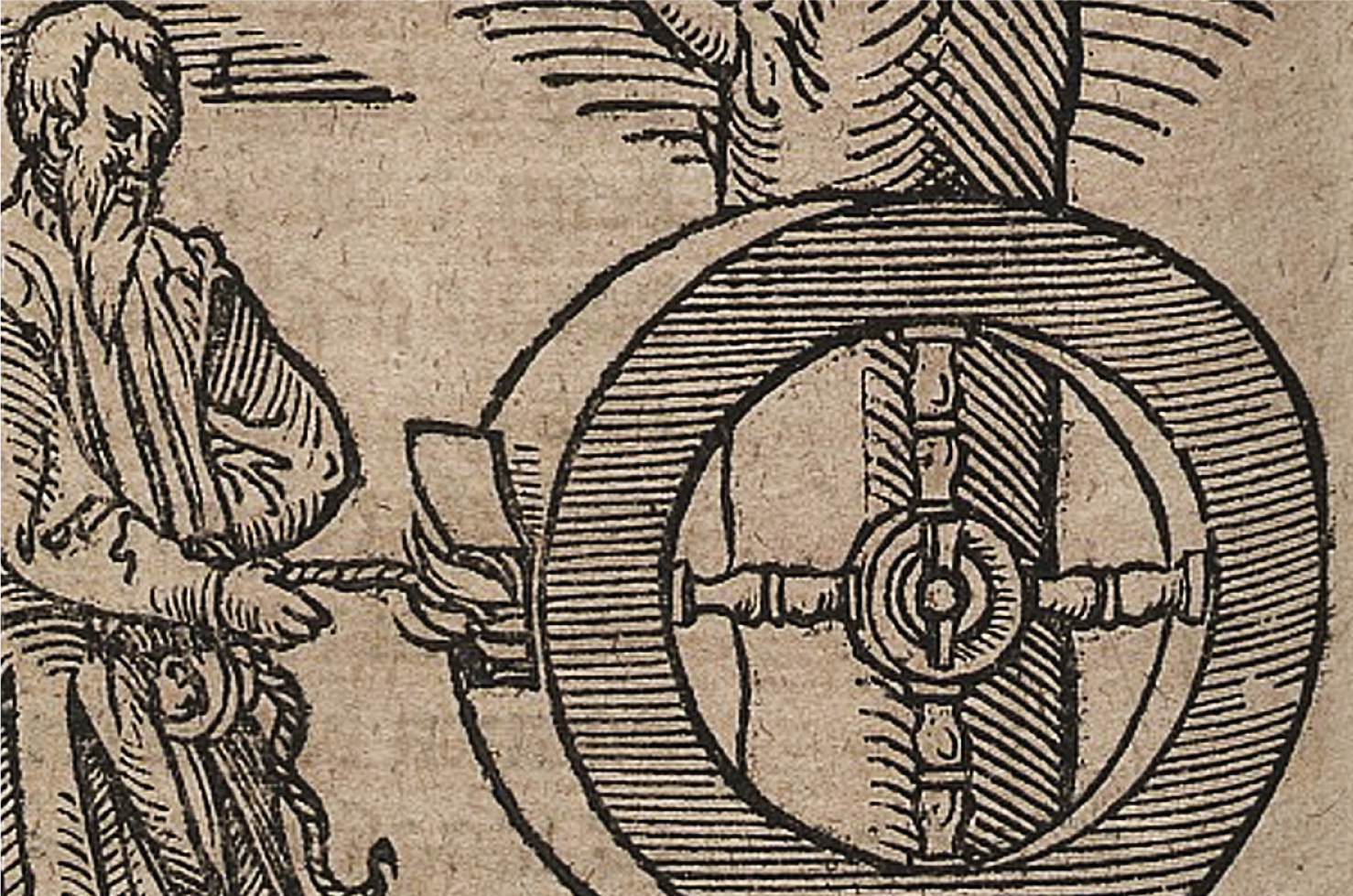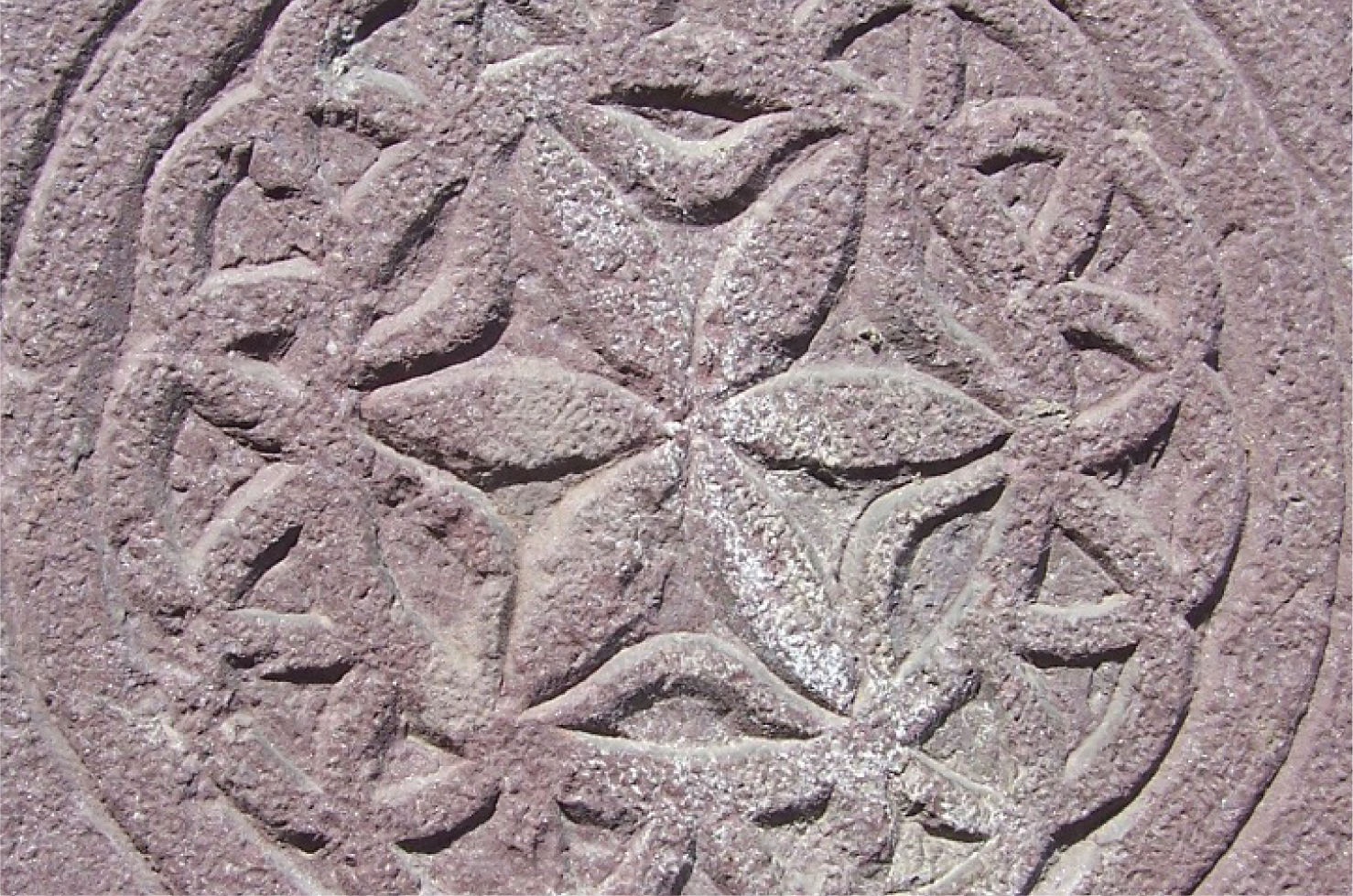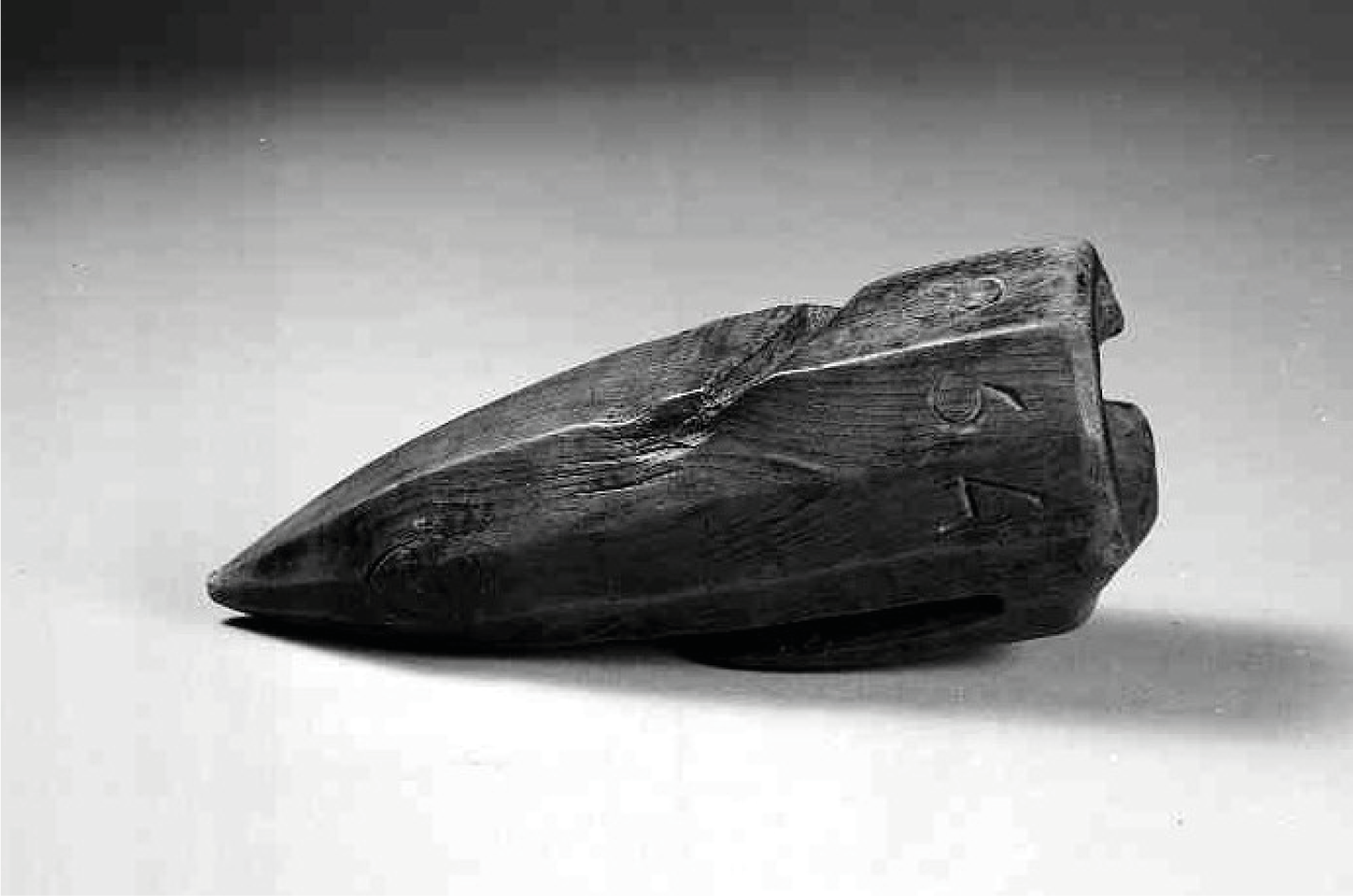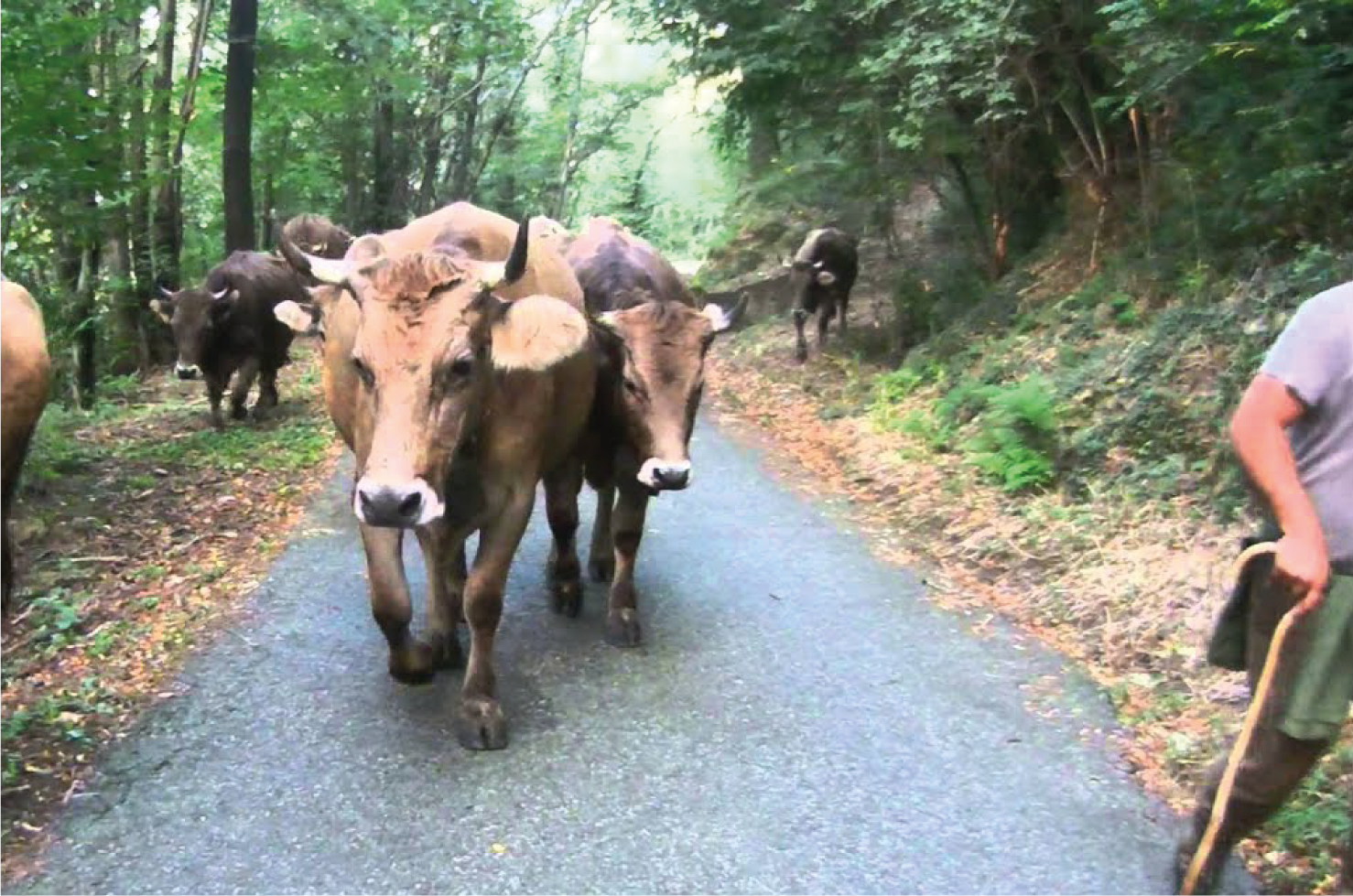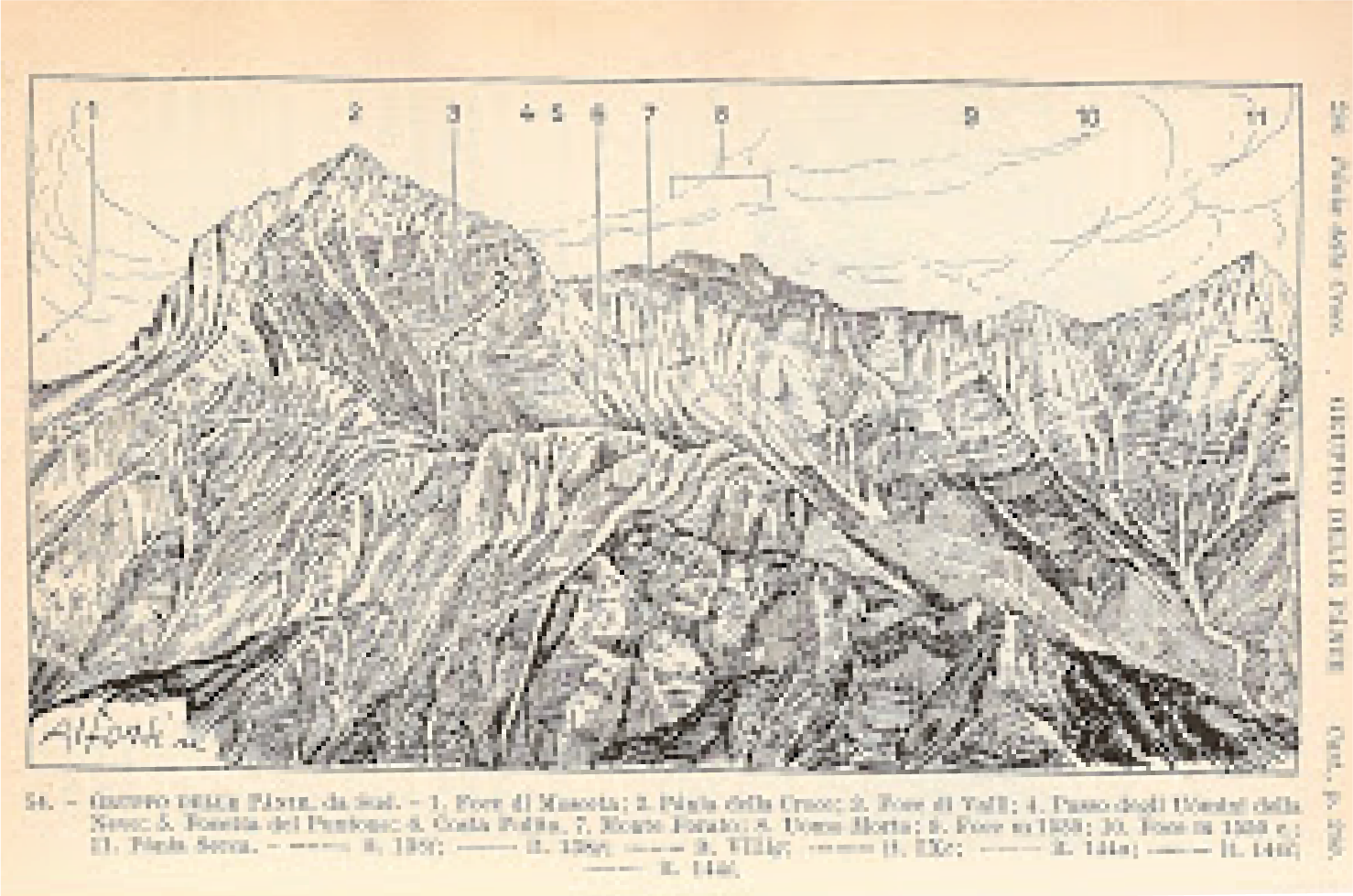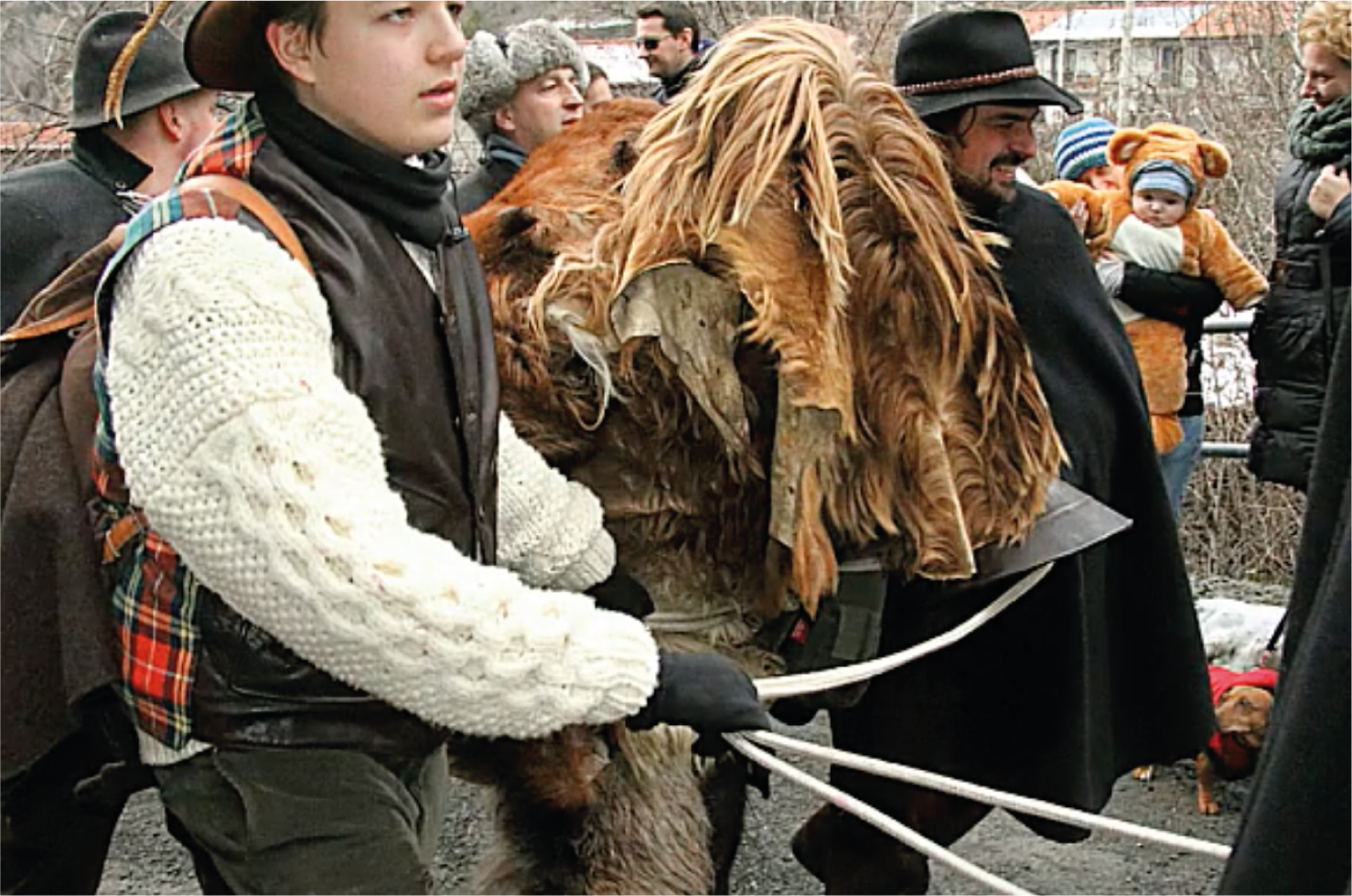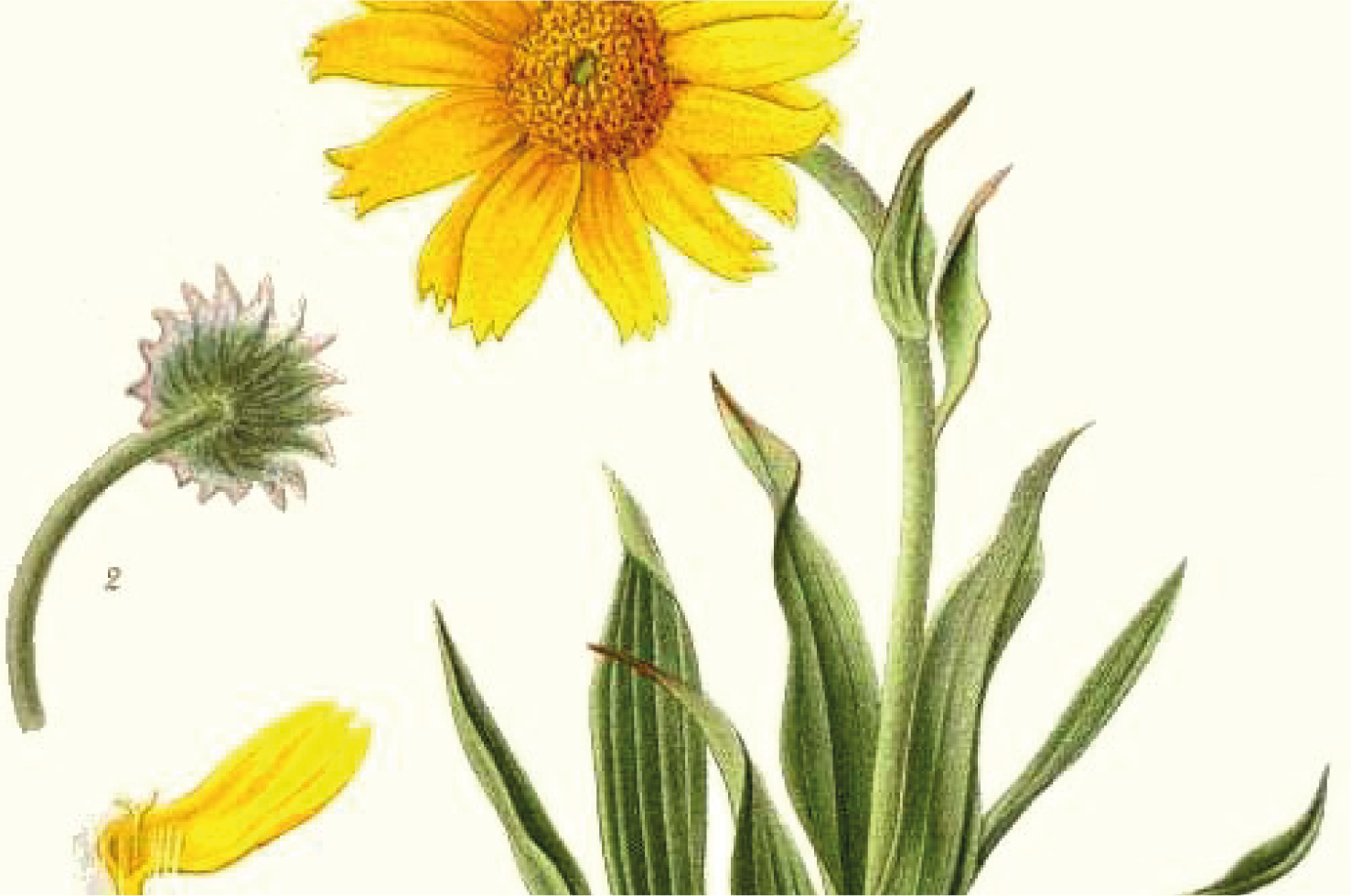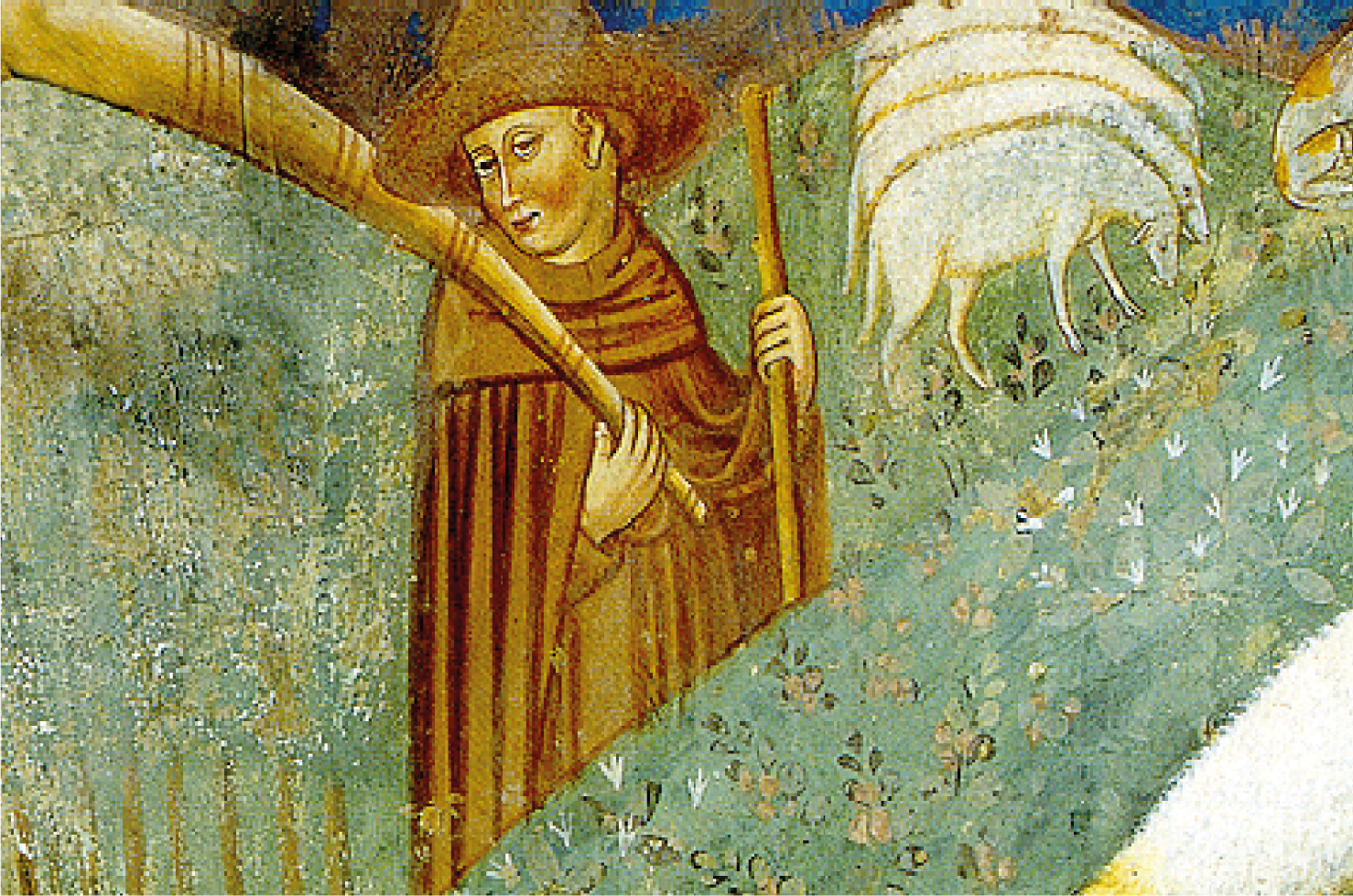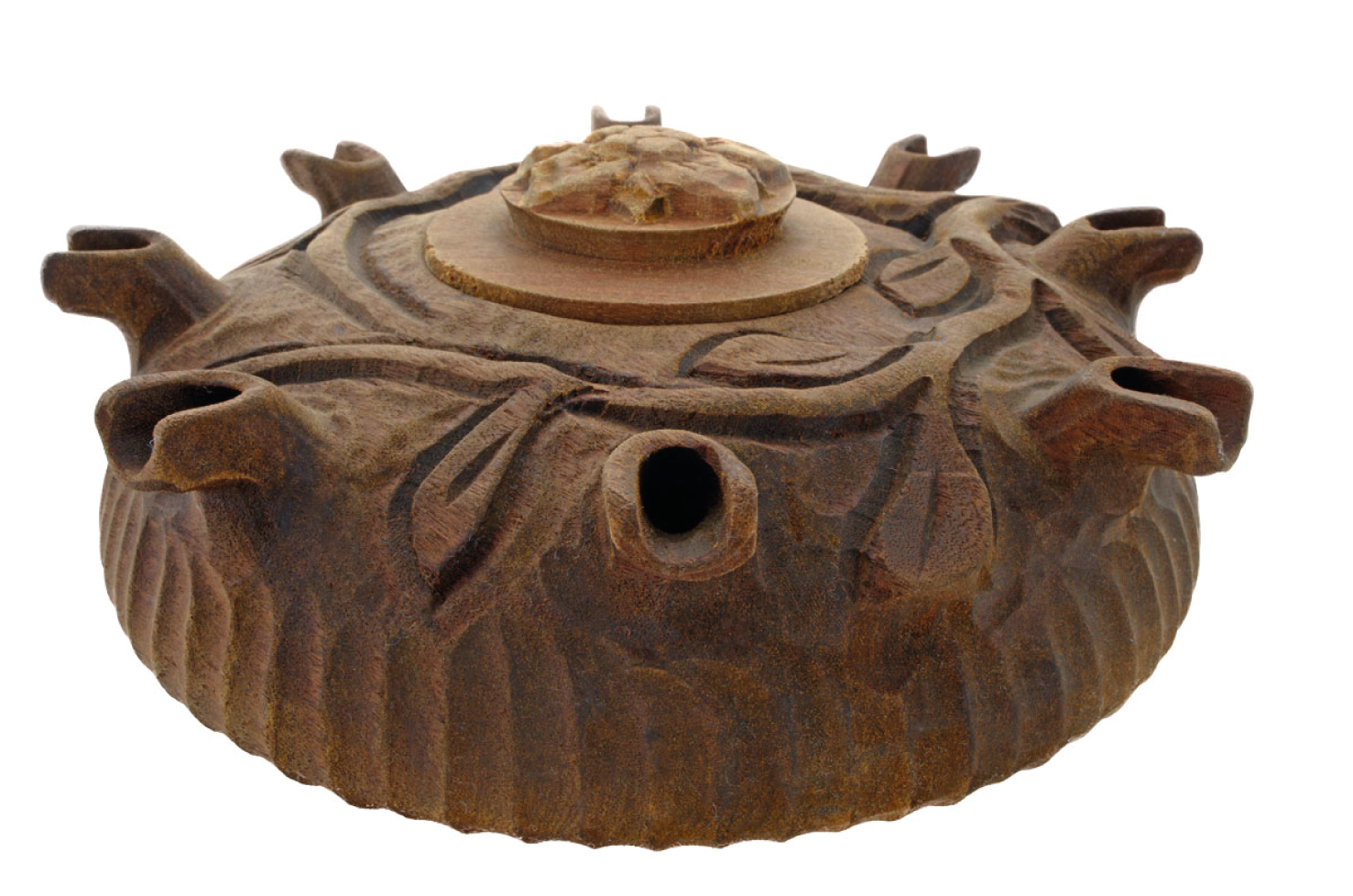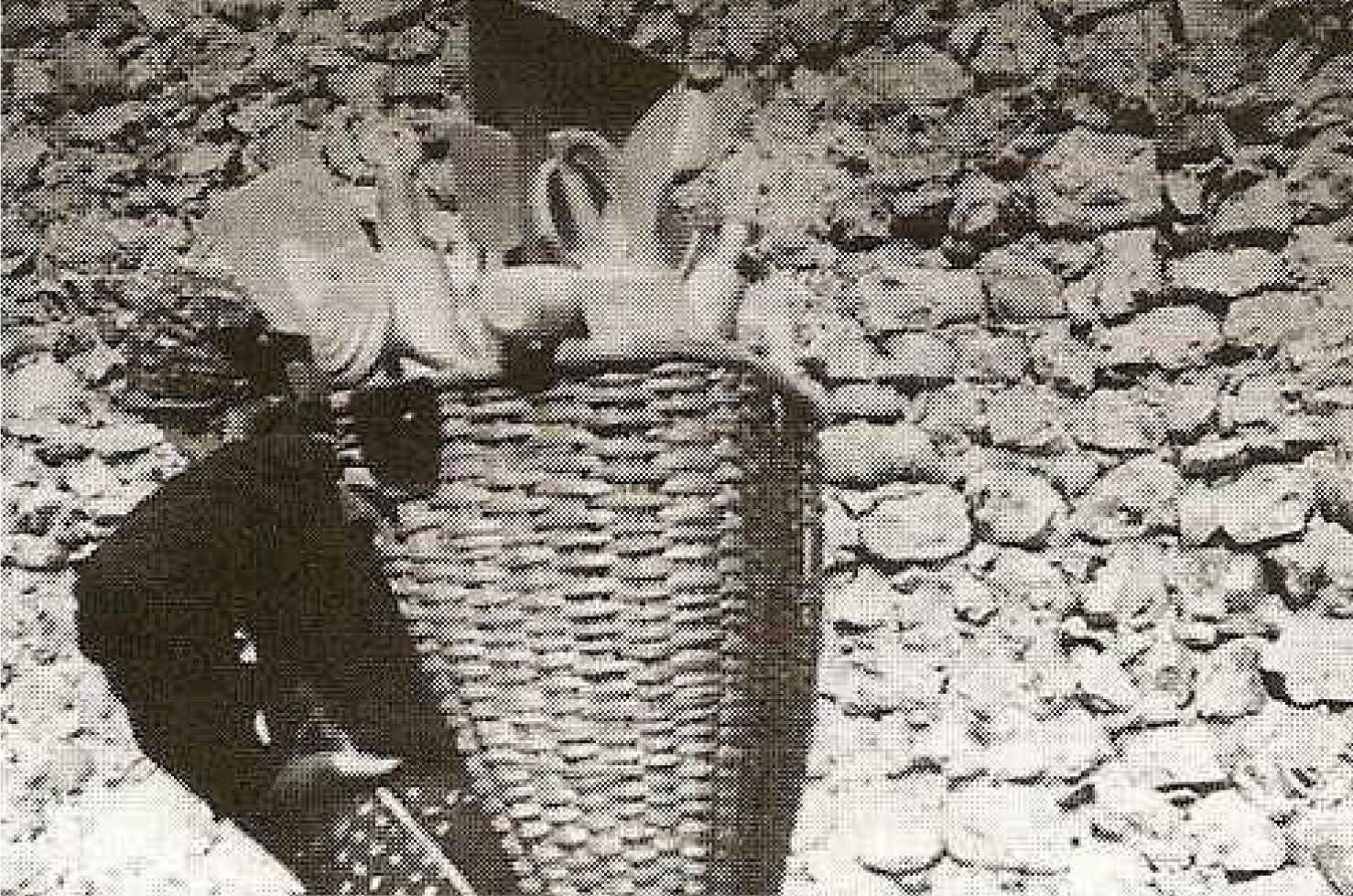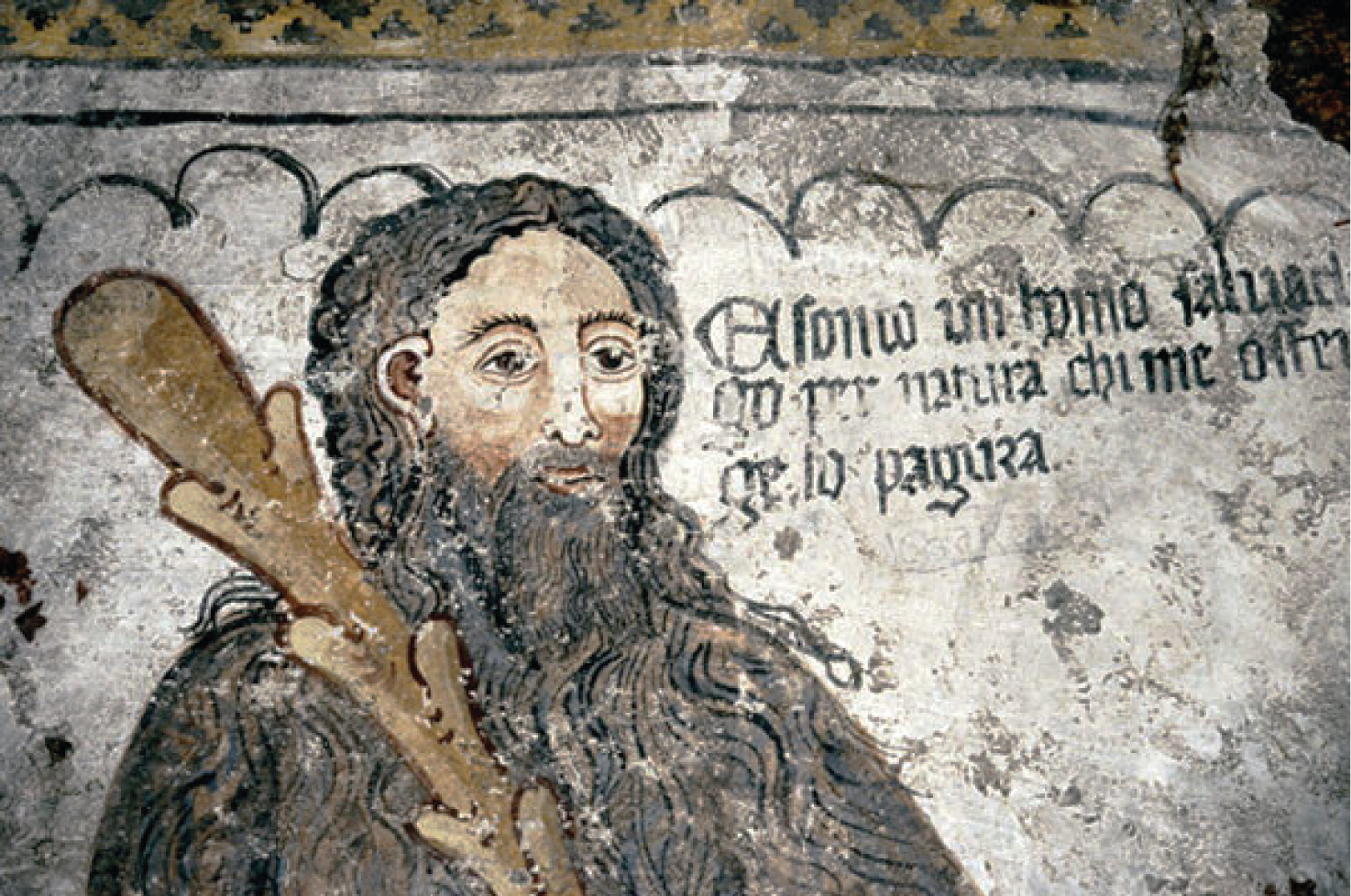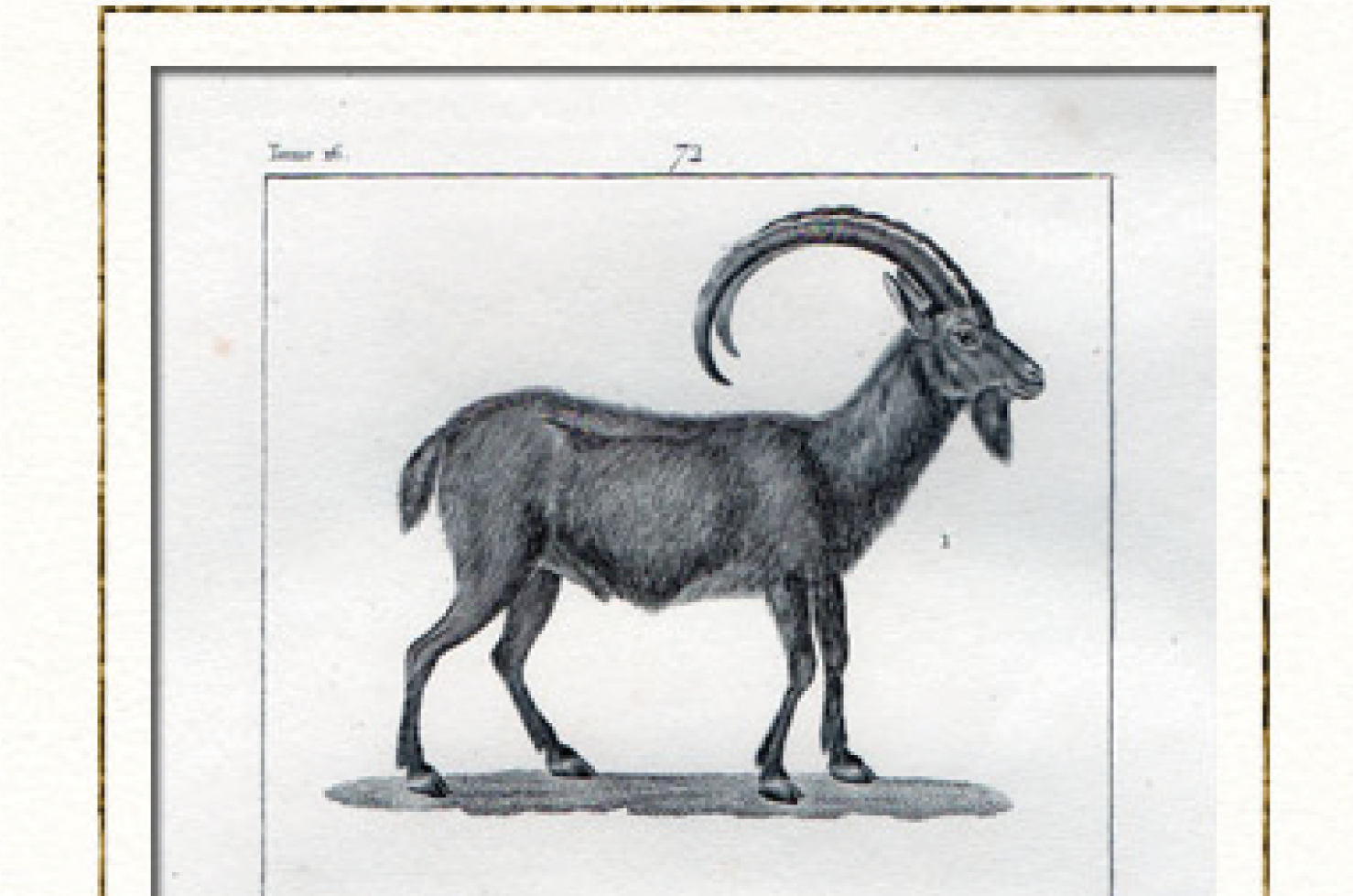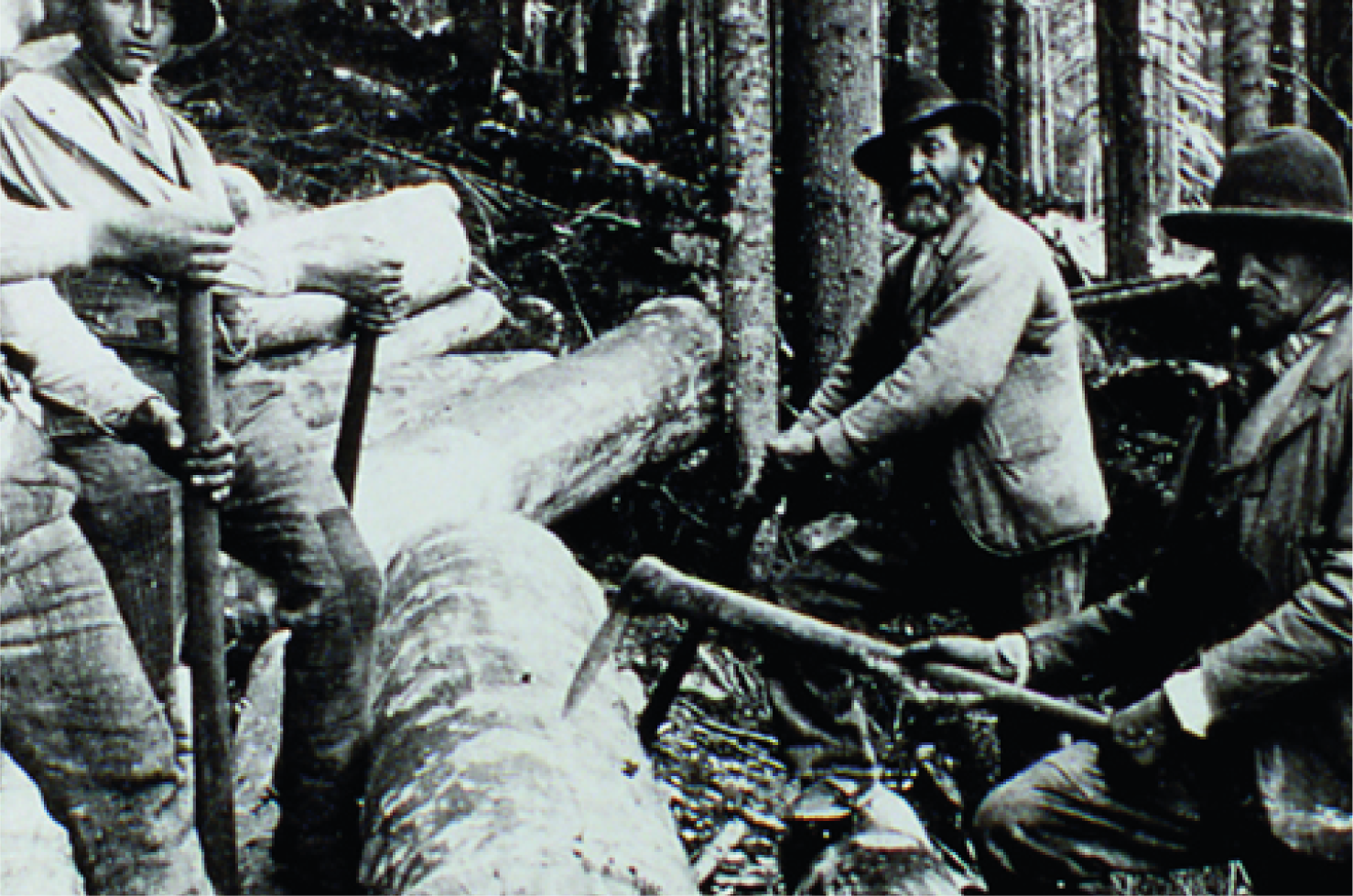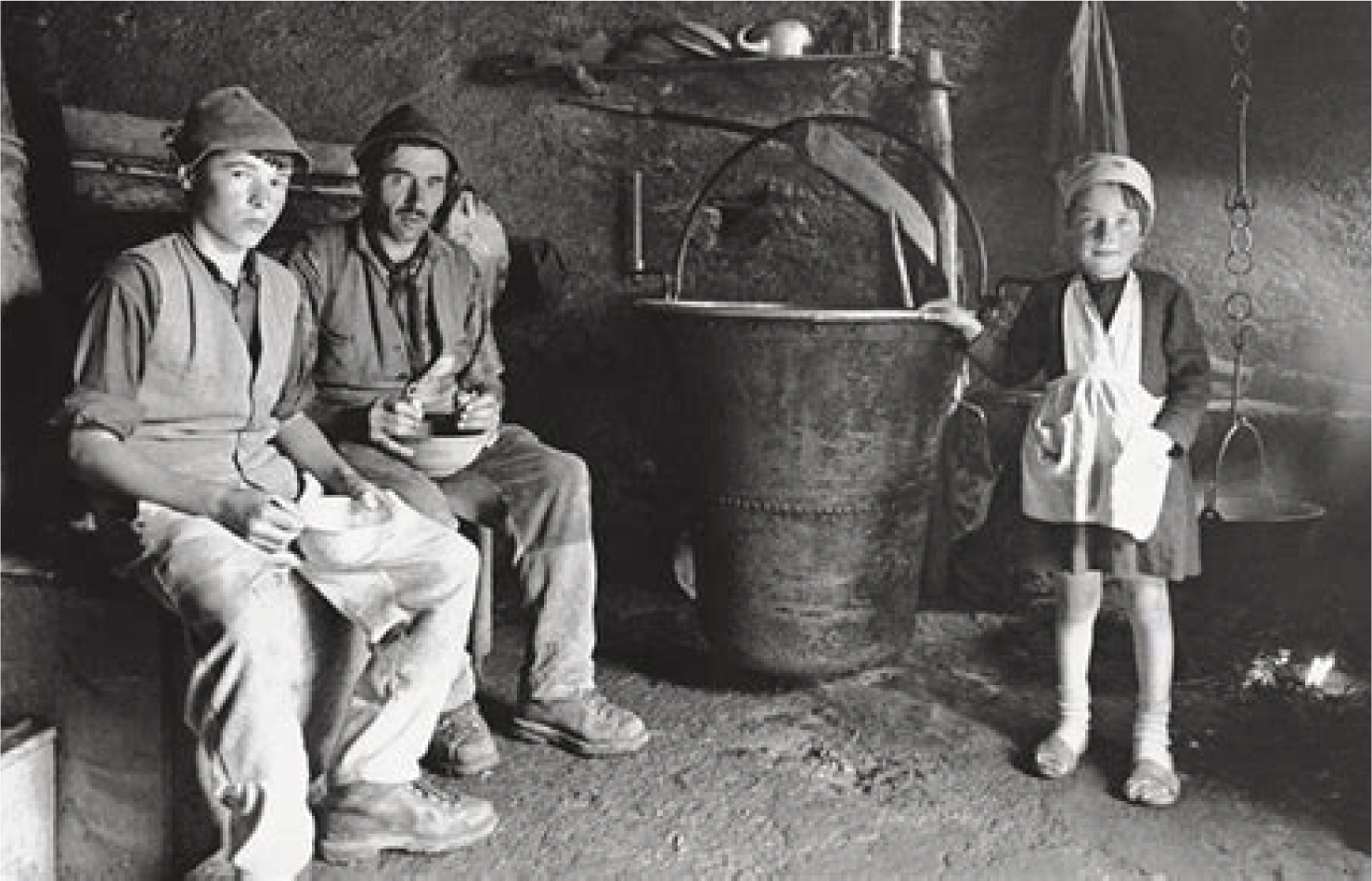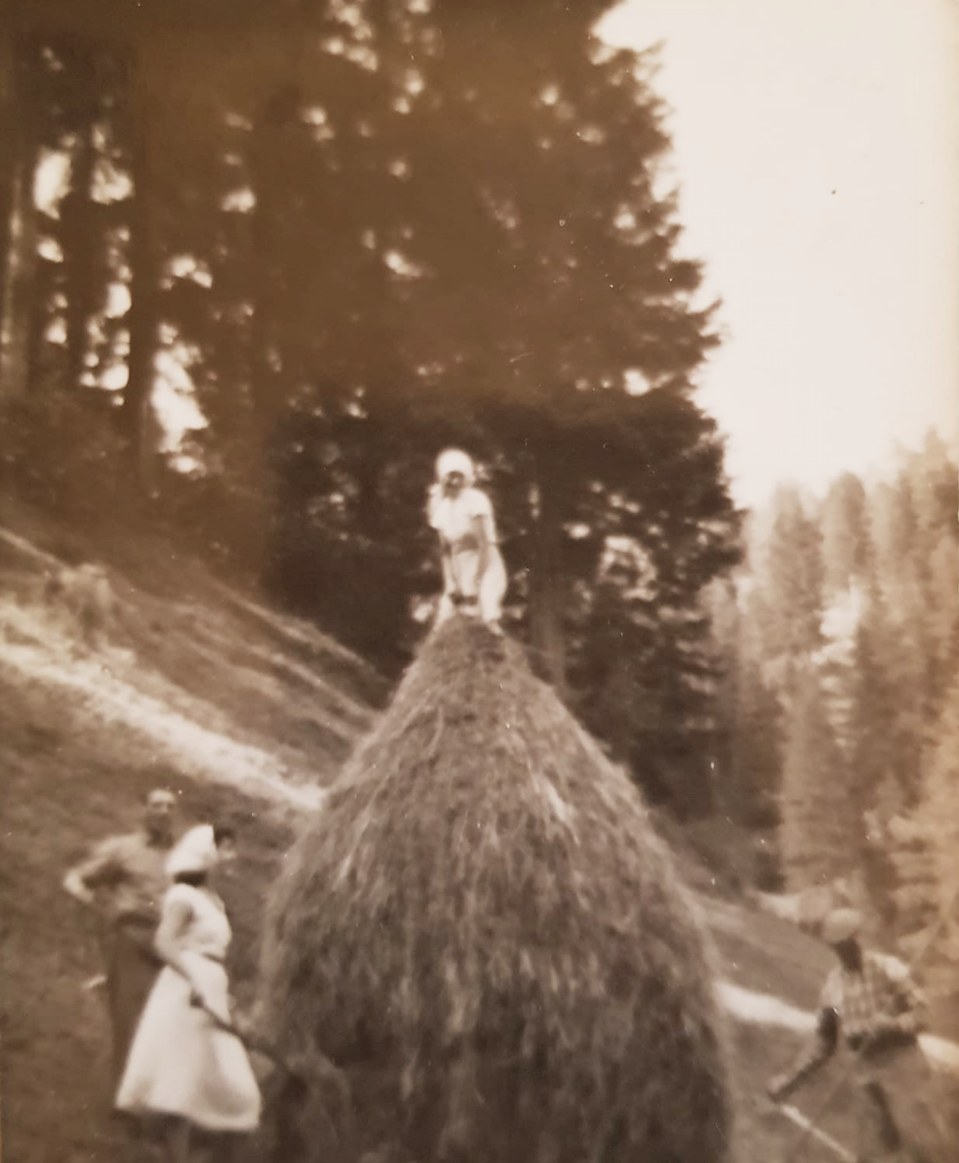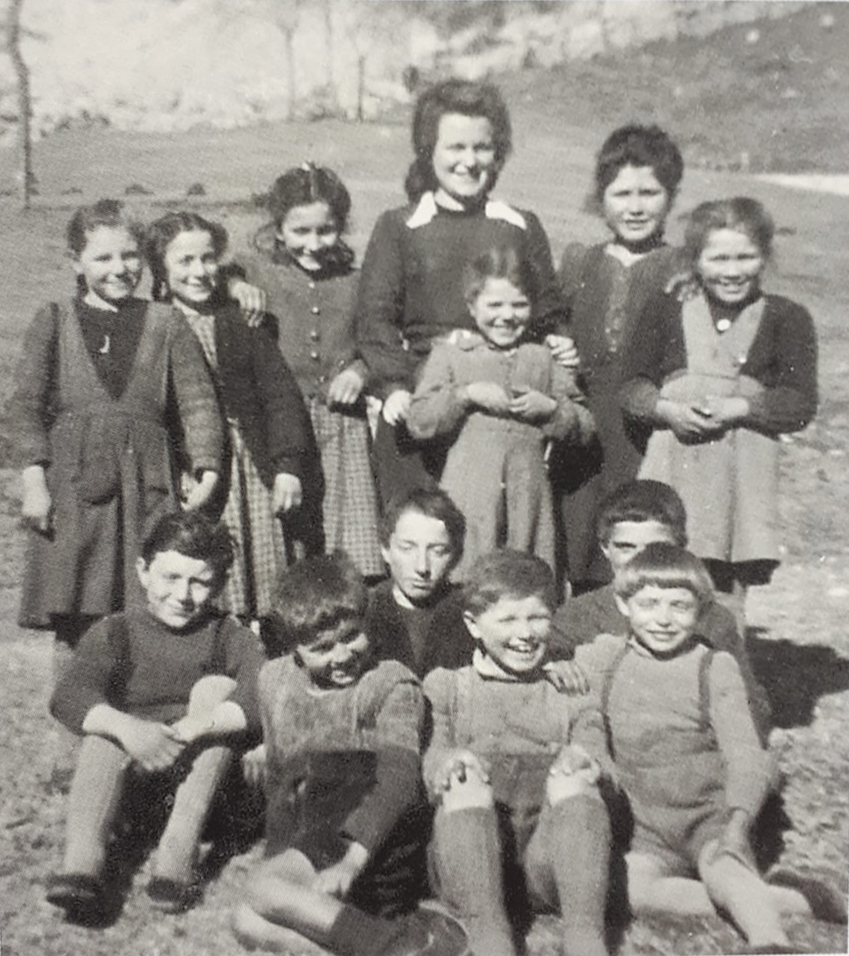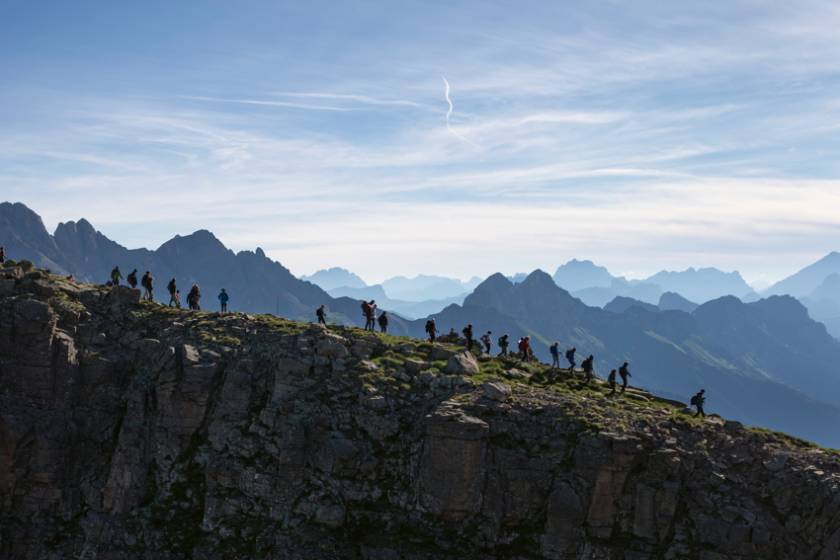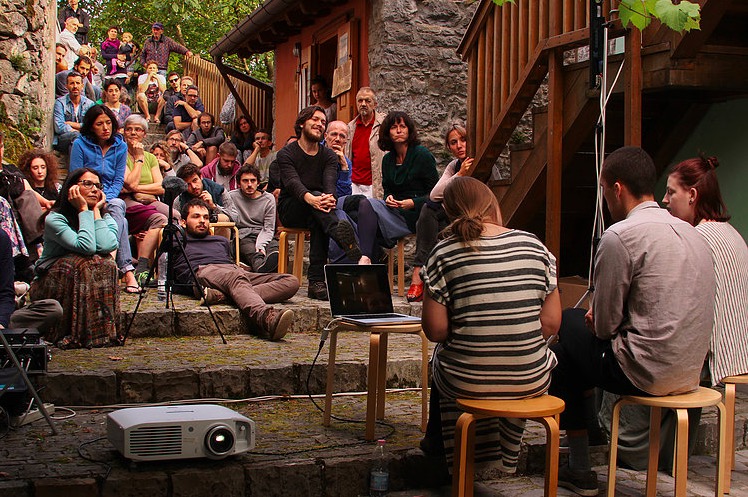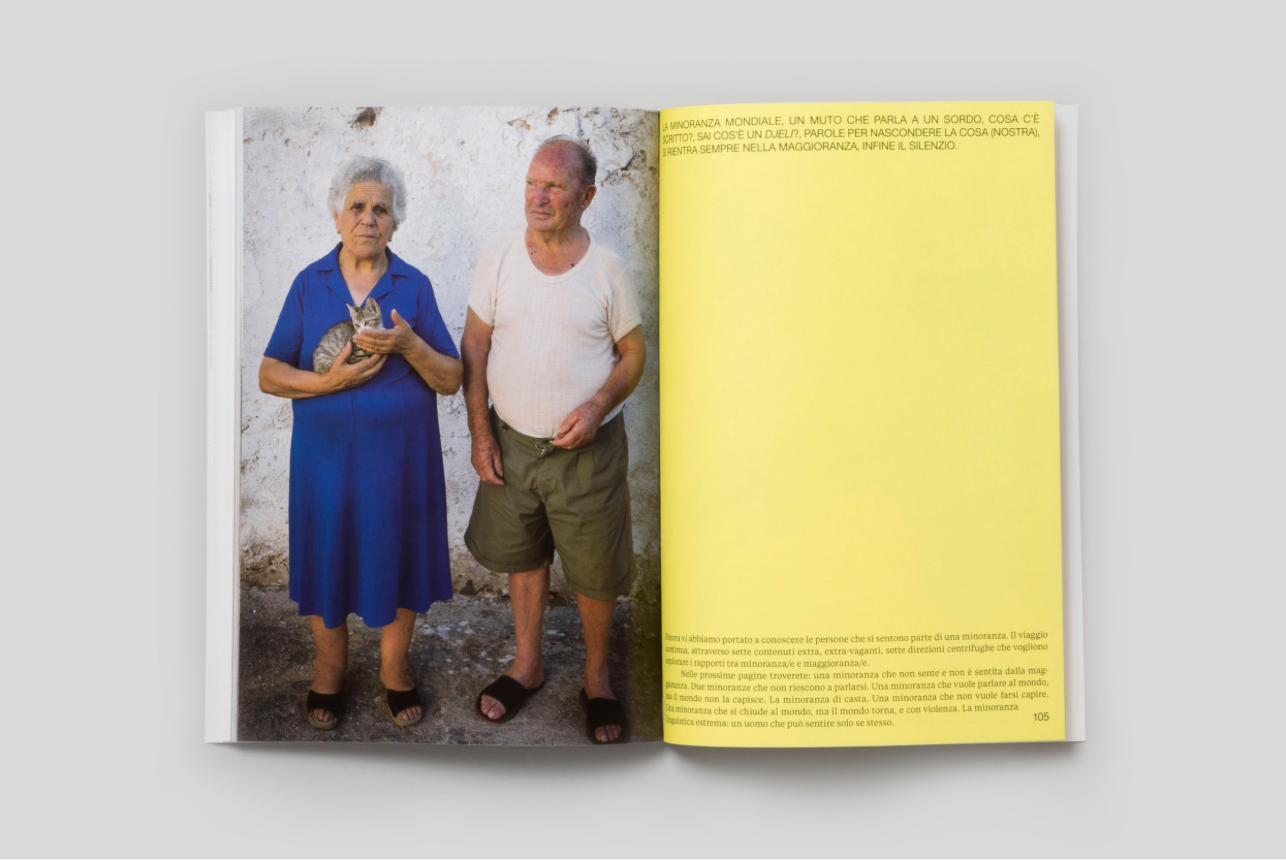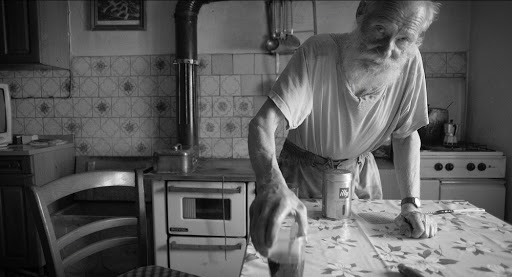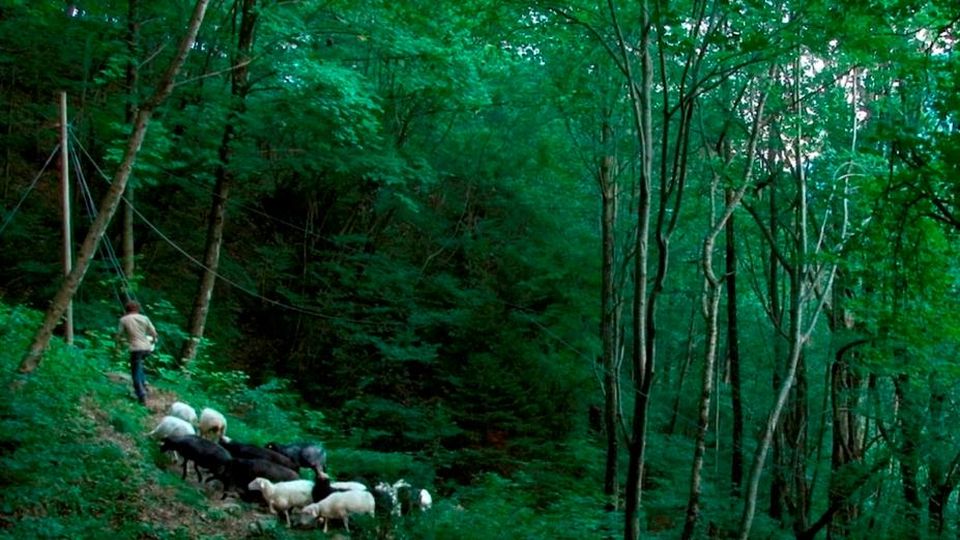Antrona
inhabited until: 1642
abandonment cause: unknown
Aramola
inhabited until: 1980
abandonment cause: unknown
Borgo Carrero
inhabited until: unknown
abandonment cause: unknown
Borgo del Canto
inhabited until: 1970
abandonment cause: emigration
Brugosecco
inhabited until: 1960
abandonment cause: emigration
Ca’ de Ferrè
inhabited until: 1950
abandonment cause: depopulation
Canate di Marsiglia
inhabited until: 1960
abandonment cause: unknown
Case Veixe
inhabited until: 1950
abandonment cause: depopulation
Casoni di Vegn
inhabited until: 1960
abandonment cause: unfavorable position
Chiapparo
inhabited until: unknown
abandonment cause: depopulation
Chiout degli Uomini
inhabited until: 1976
abandonment cause: earthquake
Cja Ronc
inhabited until: unknown
abandonment cause: unknown
Coindo
inhabited until: 1960
abandonment cause:depopulation
Connio
inhabited until: 1960
abandonment cause:depopulation
Costa di Soglio
inhabited until: unknown
abandonment cause: unknown
Curon Vecchia
inhabited until: 1950
abandonment cause: dam construction
Dasile
inhabited until: 1950
abandonment cause: unfavorable position
Erto
inhabited until: 1963
abandonment cause: unstable ground
Ferrazza
inhabited until: 1961
abandonment cause: unfavorable position
Filettino
inhabited until: 1920
abandonment cause: unfavorable position
Fontana
inhabited until: 1960
abandonment cause: emigration
Frassaneit di Sopra
inhabited until: unknown
abandonment cause: unknown
Frassaneit di Sotto
inhabited until: unknown
abandonment cause: unknown
Fumegai
inhabited until: 1900
abandonment cause: unfavorable position
Irone
inhabited until: 1630
abandonment cause: plague
Lampore
inhabited until: 1960
abandonment cause: unfavorable position
Moggessa di La
inhabited until: unknown
abandonment cause: unknown
Moggessa di Qua
inhabited until: unknown
abandonment cause: unknown
Monteviasco
inhabited until: unknown
abandonment cause: unknown
Mulini di Piero
inhabited until: unknown
abandonment cause: unknown
Onunchio
inhabited until:1969
abandonment cause: depopulation
Pagliari
inhabited until: XX century
abandonment cause: depopulation
Orsetti
inhabited until: 1970
abandonment cause: unknown
Palcoda
inhabited until: 1950
abandonment cause: unfavorable position
Pattine di Gosaldo
inhabited until: unknown
abandonment cause: unknown
Porciorasco
inhabited until: unknown
abandonment cause: unknown
Pozzis
inhabited until: 1970
abandonment cause: unfavorable position
Riulade
inhabited until: 1976
abandonment cause: earthquake
Roccacannuccia
inhabited until: unknown
abandonment cause: unknown
Rovaiolo
inhabited until: 1960
abandonment cause: landslide
Savogno
inhabited until: 1968
abandonment cause: emigration
Serremorello
inhabited until: unknown
abandonment cause: unknown
Stracadon
inhabited until: unknown
abandonment cause: unknown
Tamar
inhabited until: 1950
abandonment cause: depopulation
